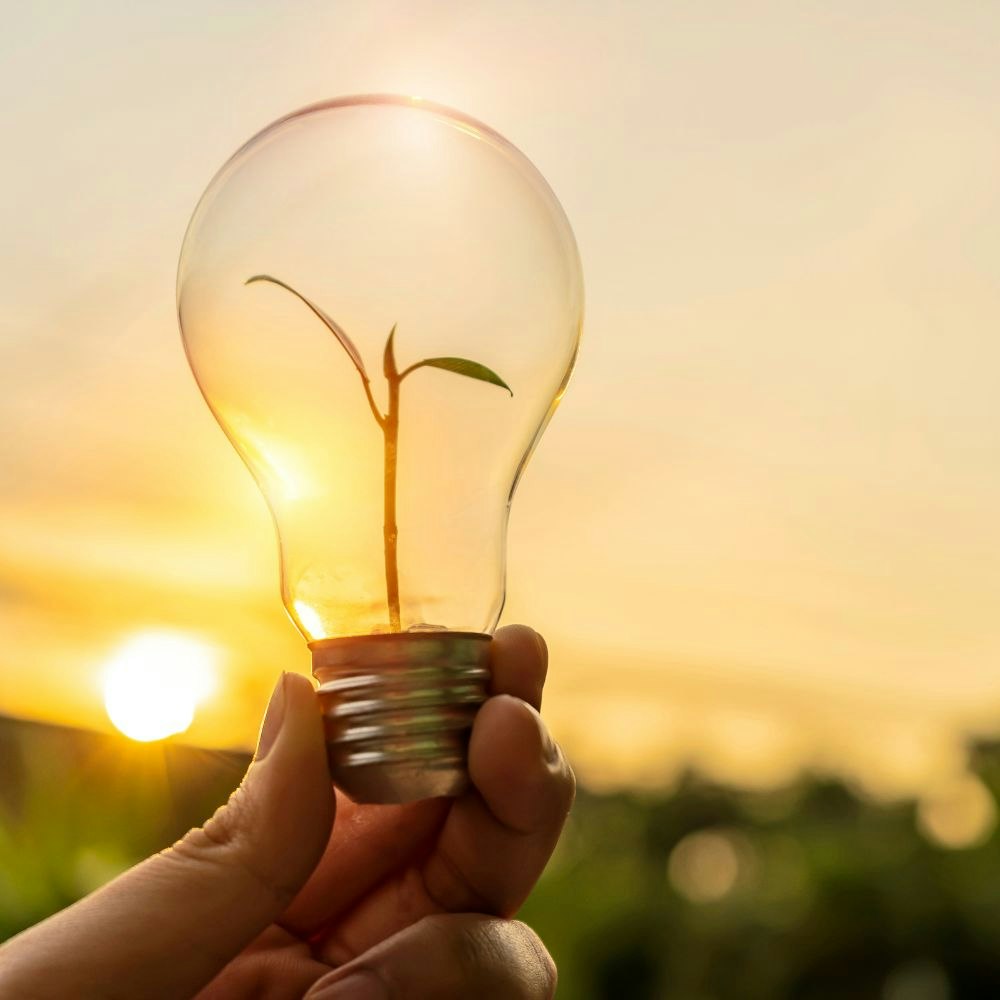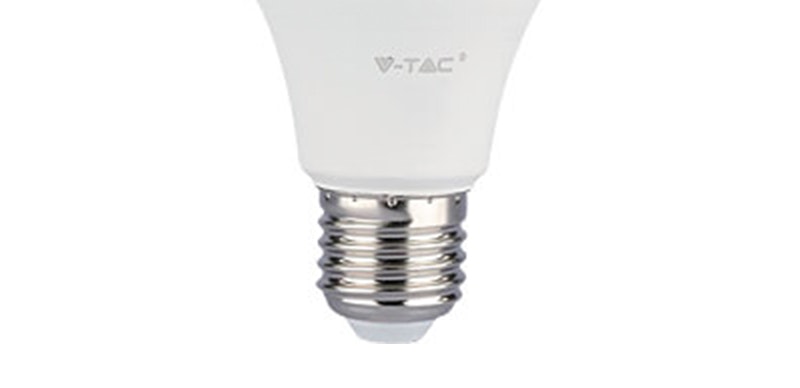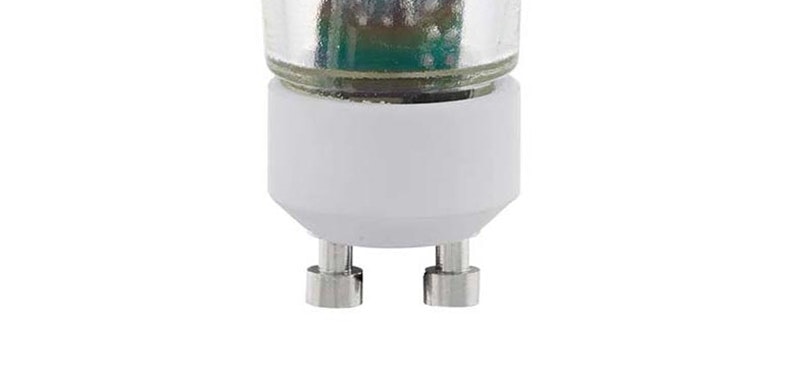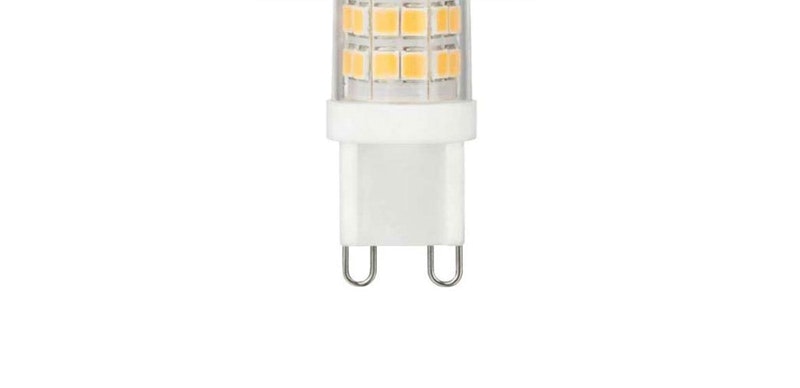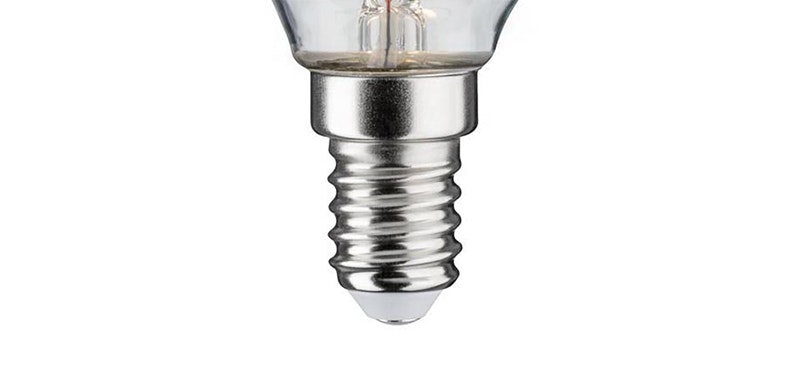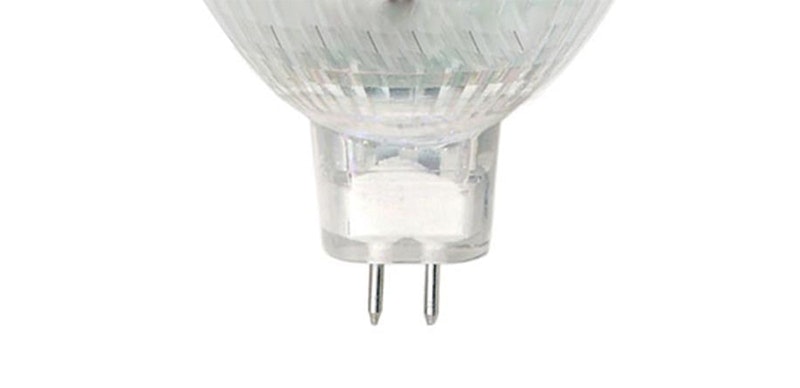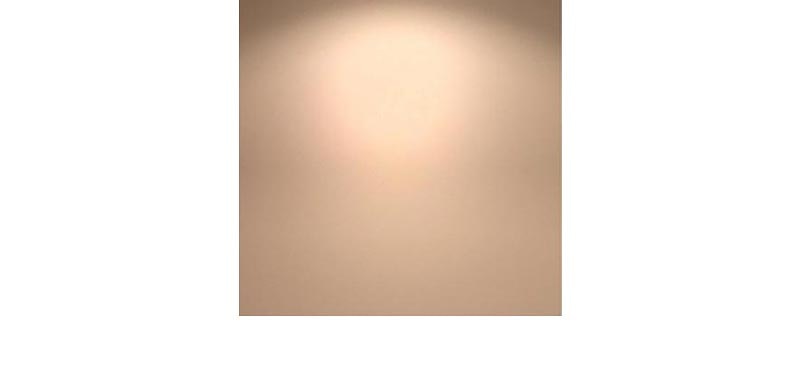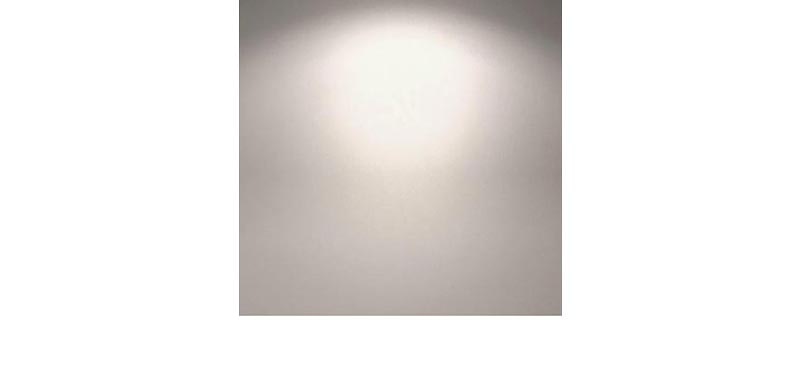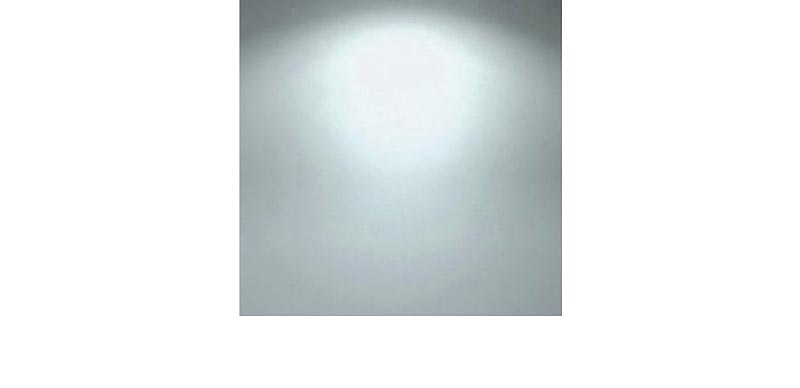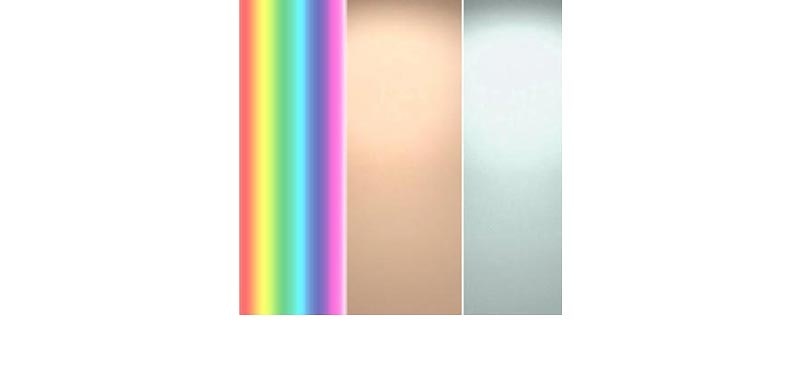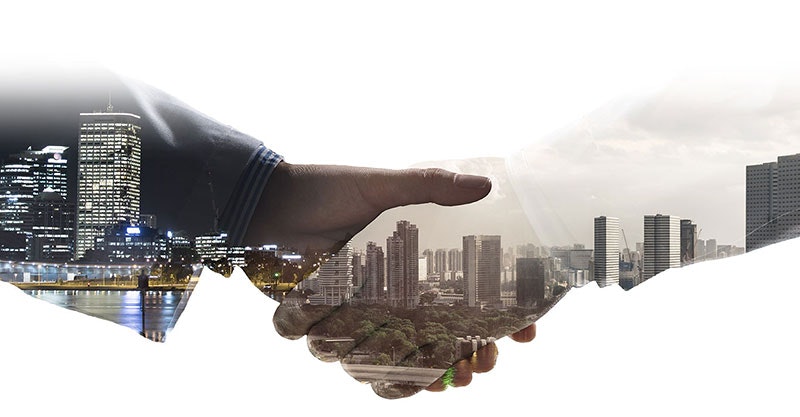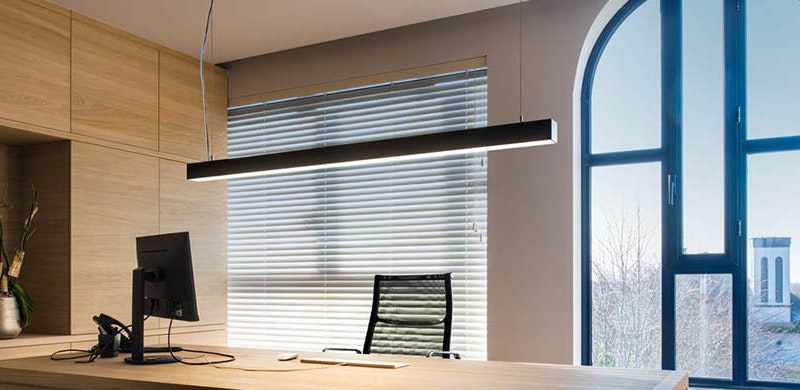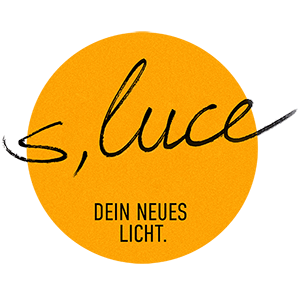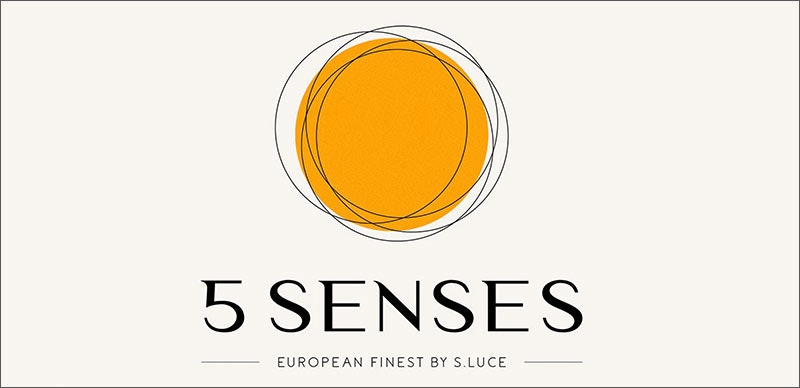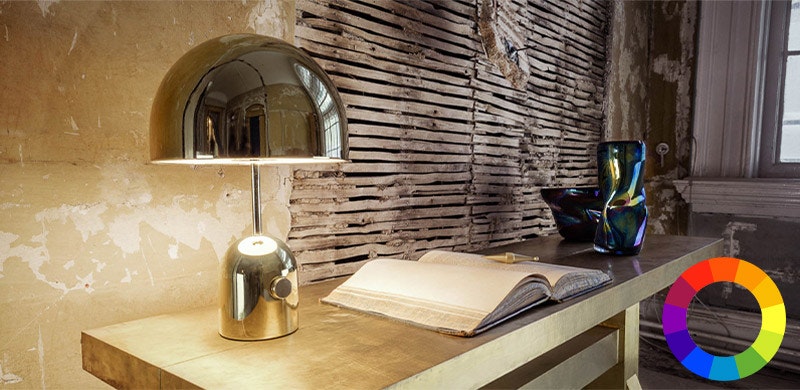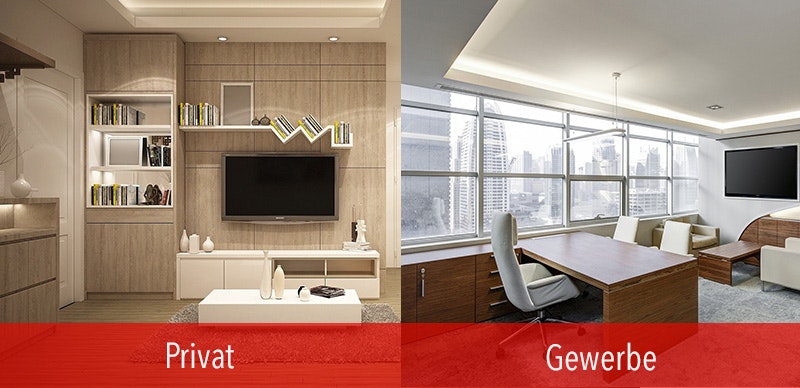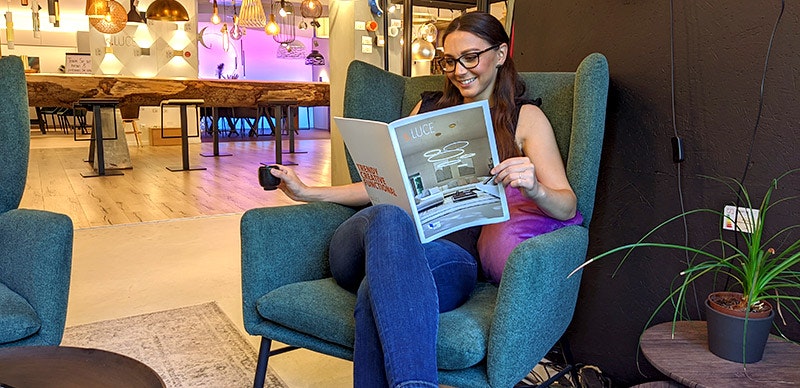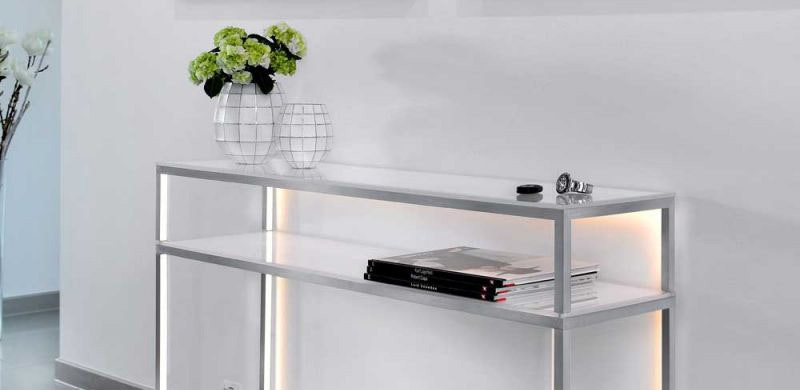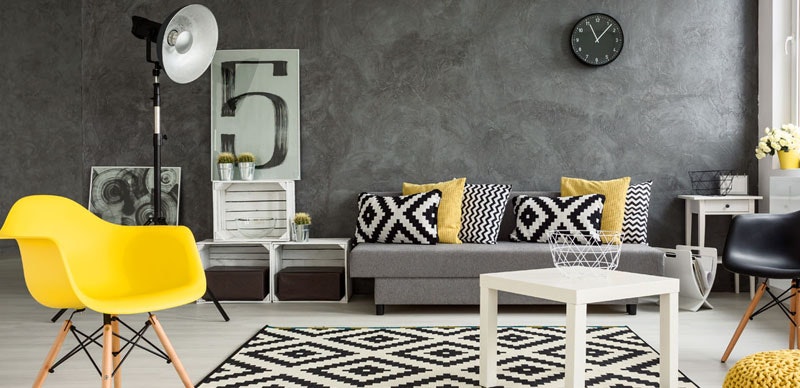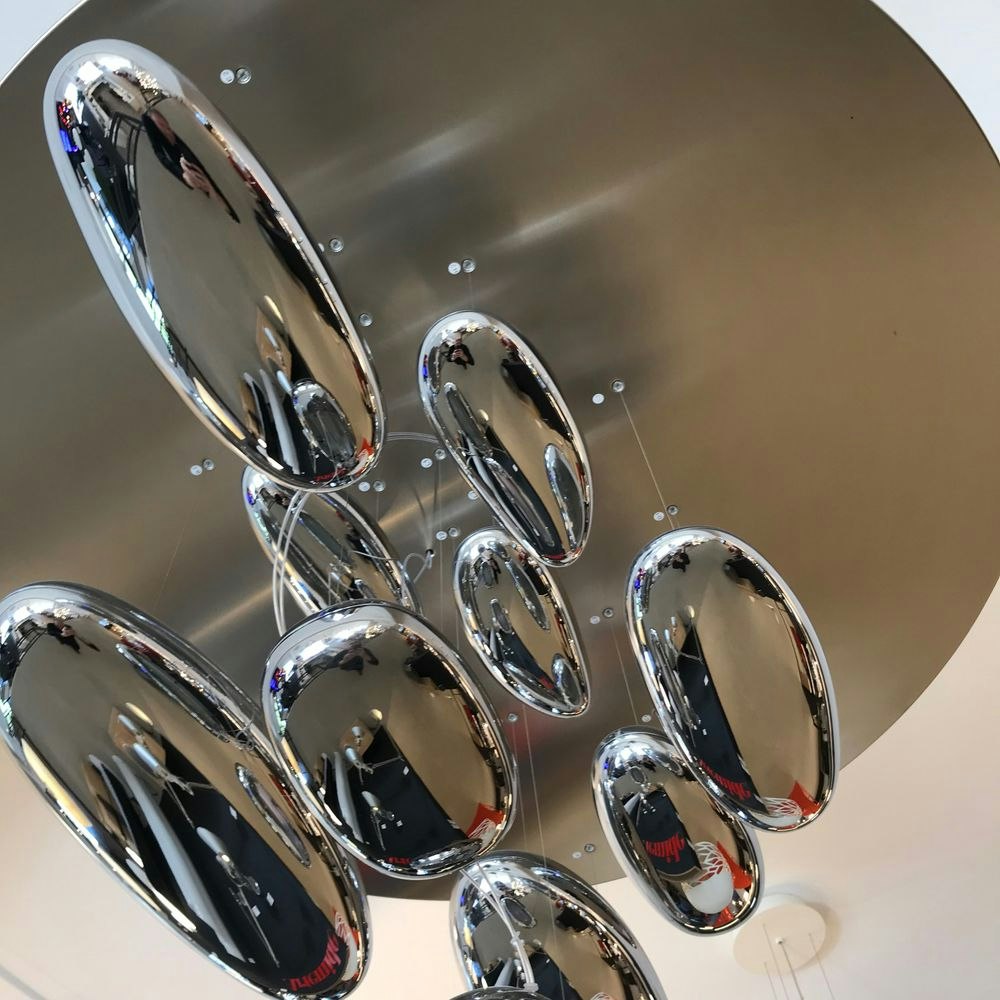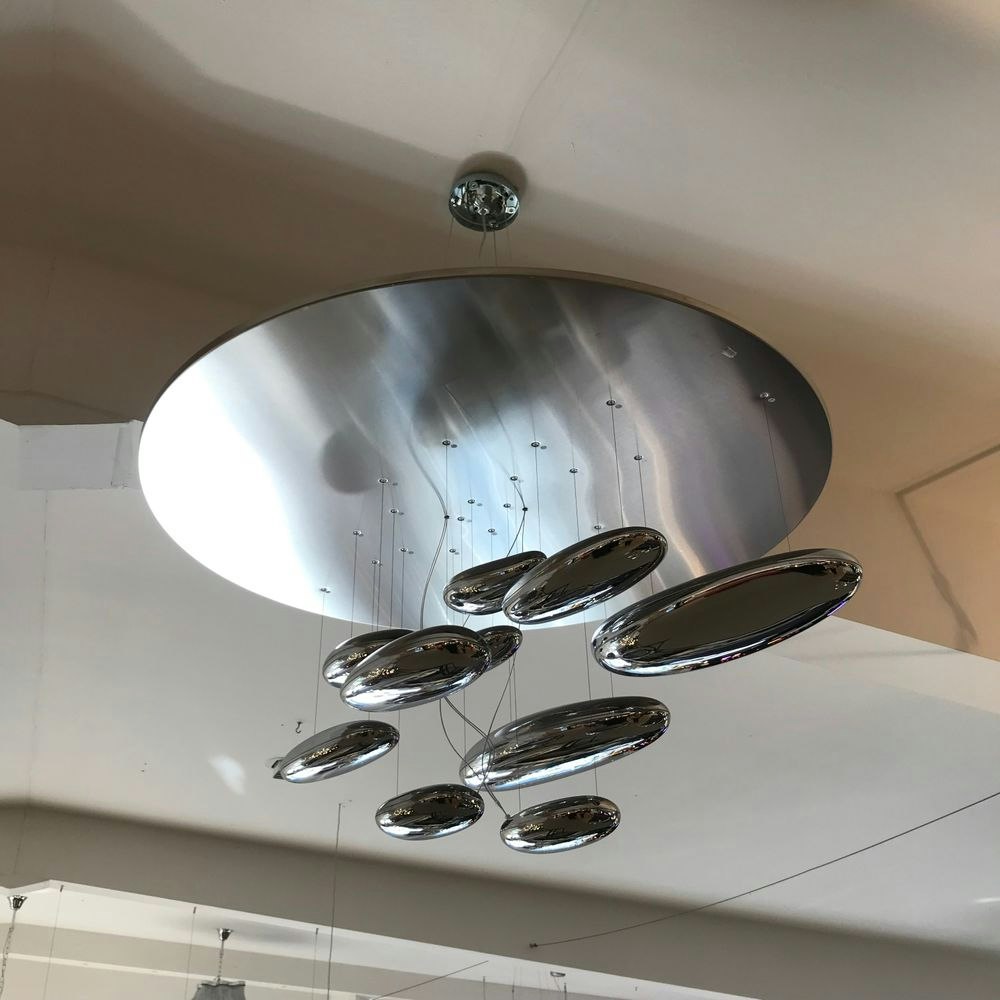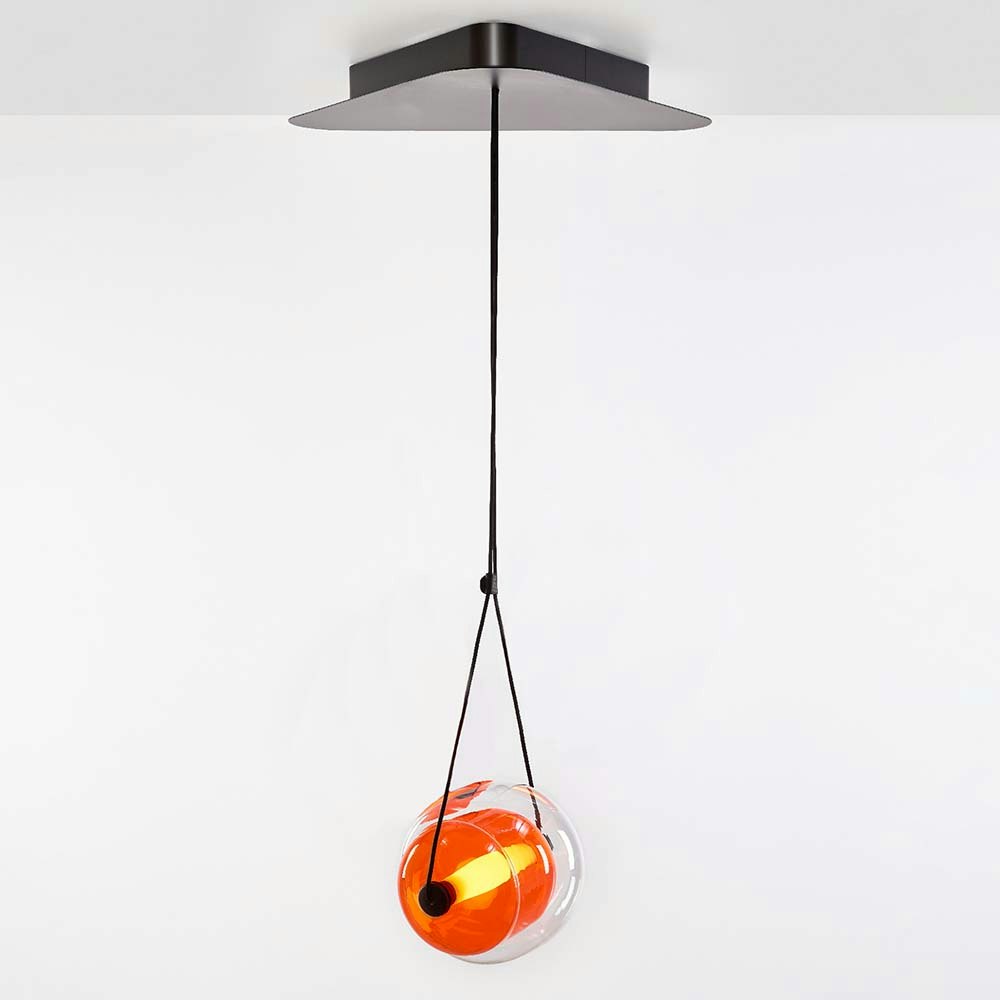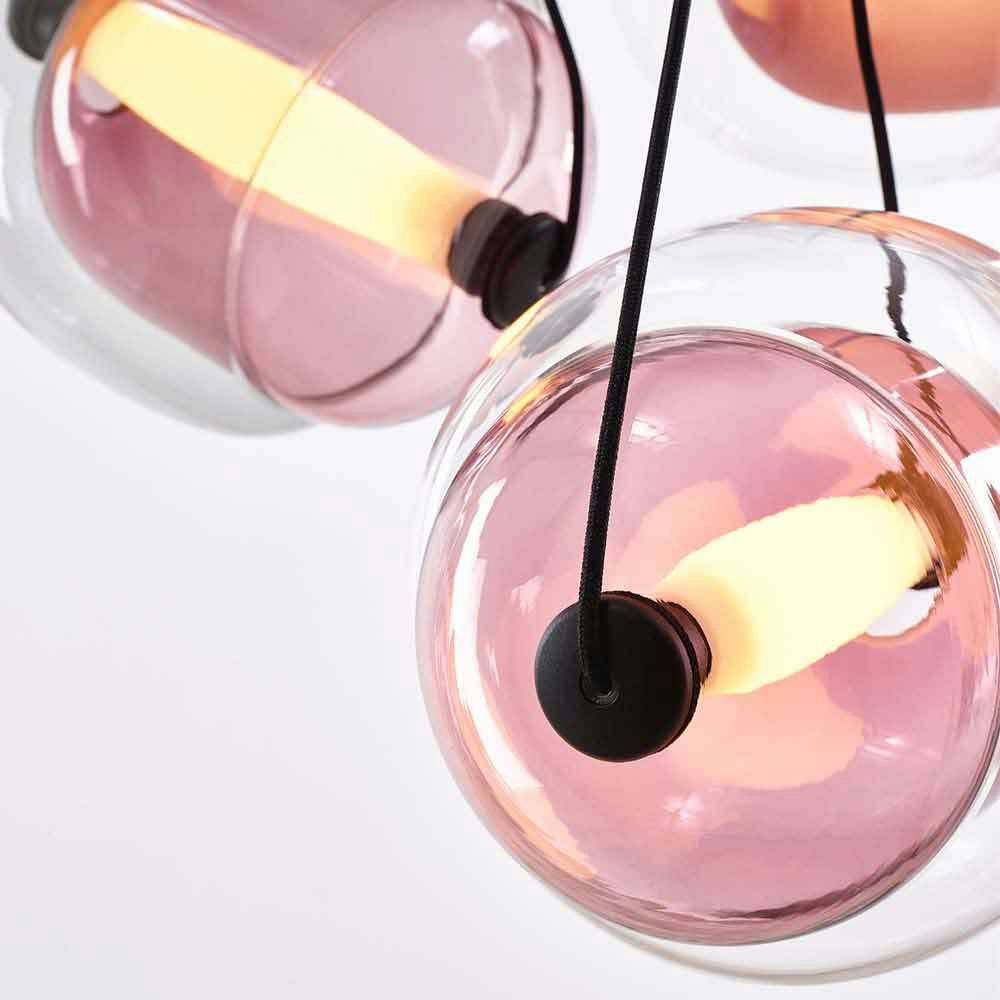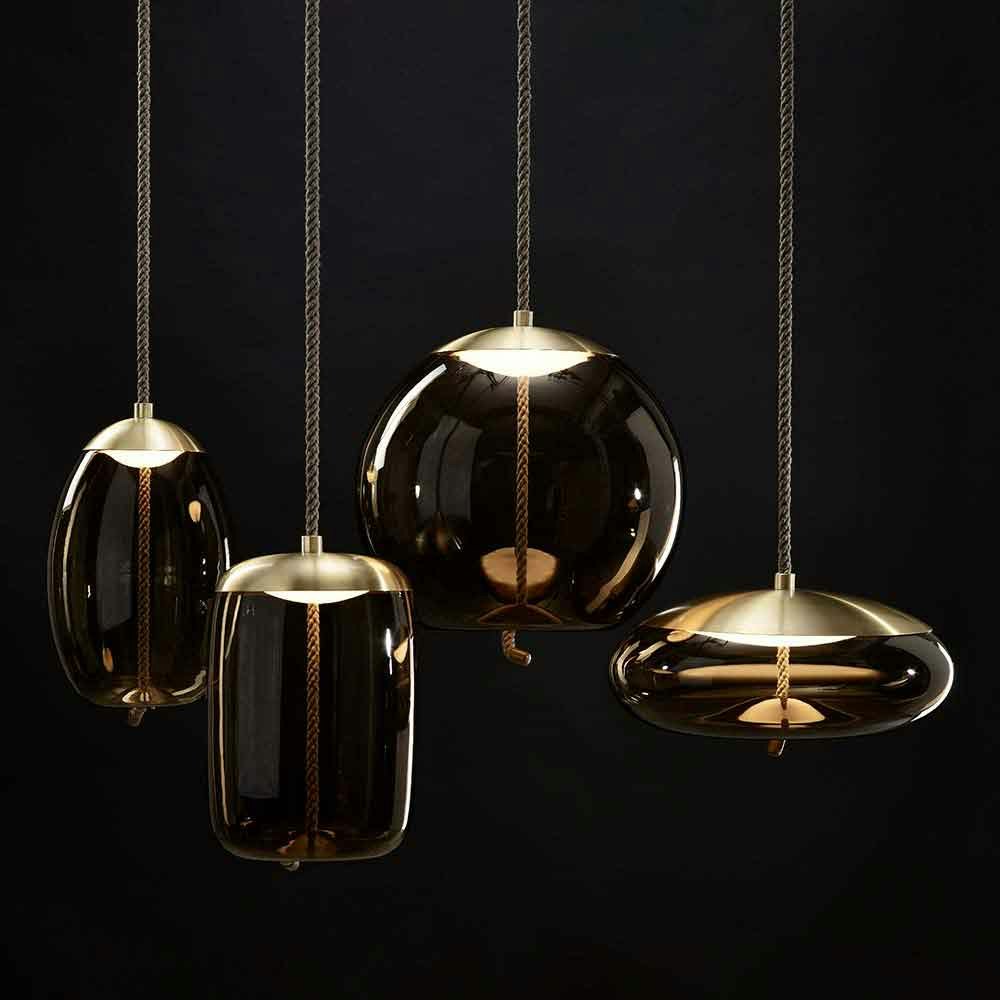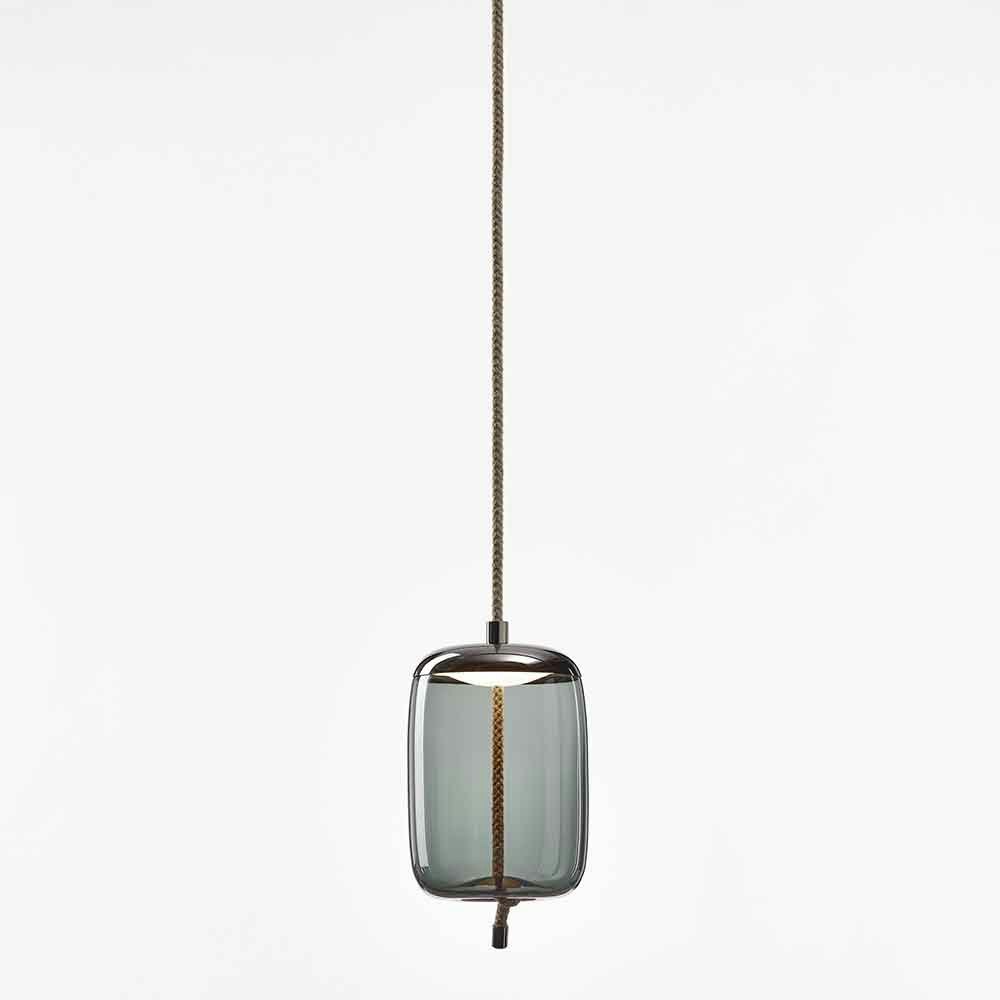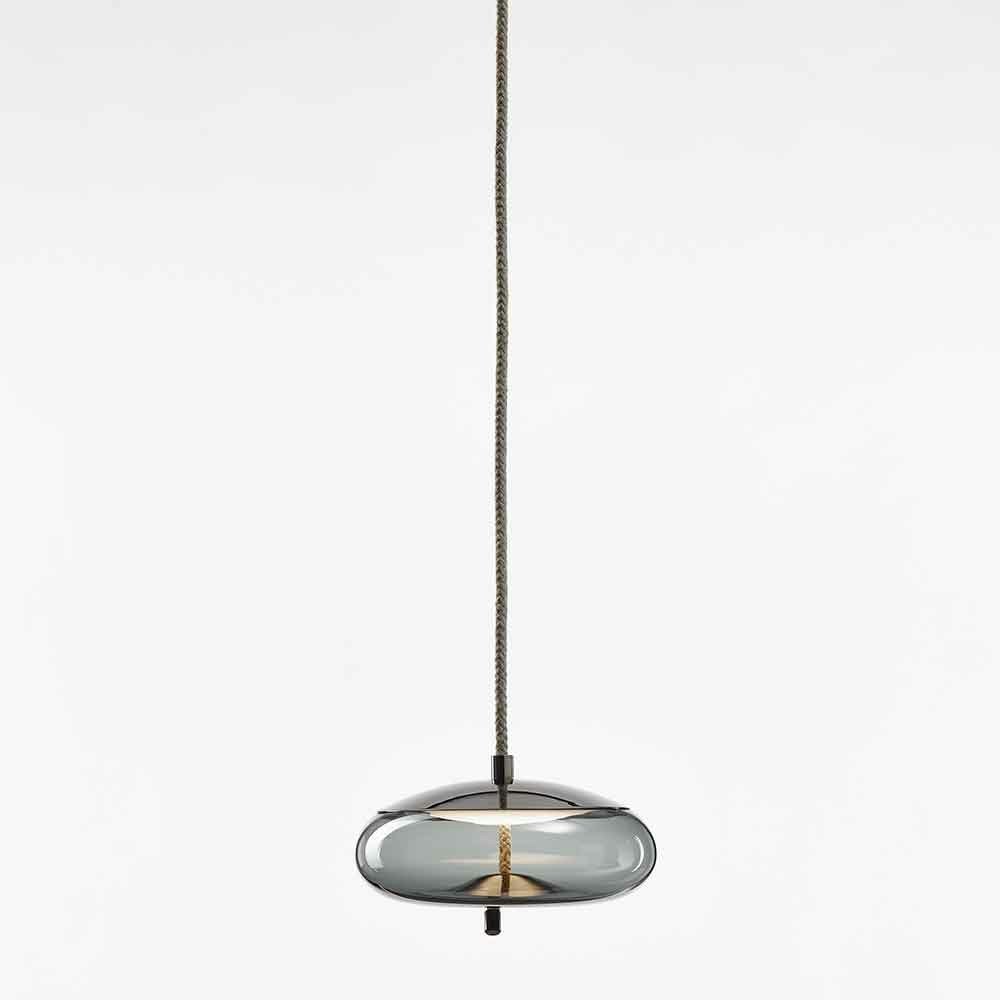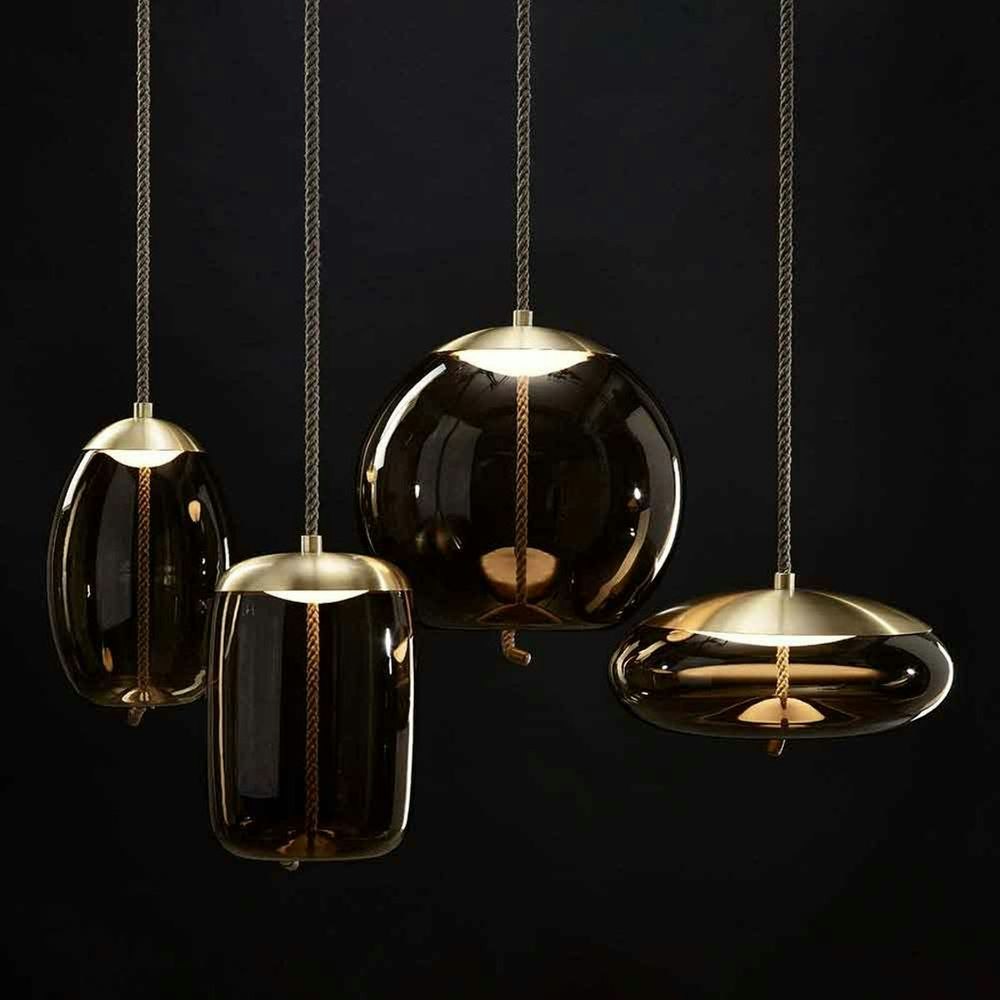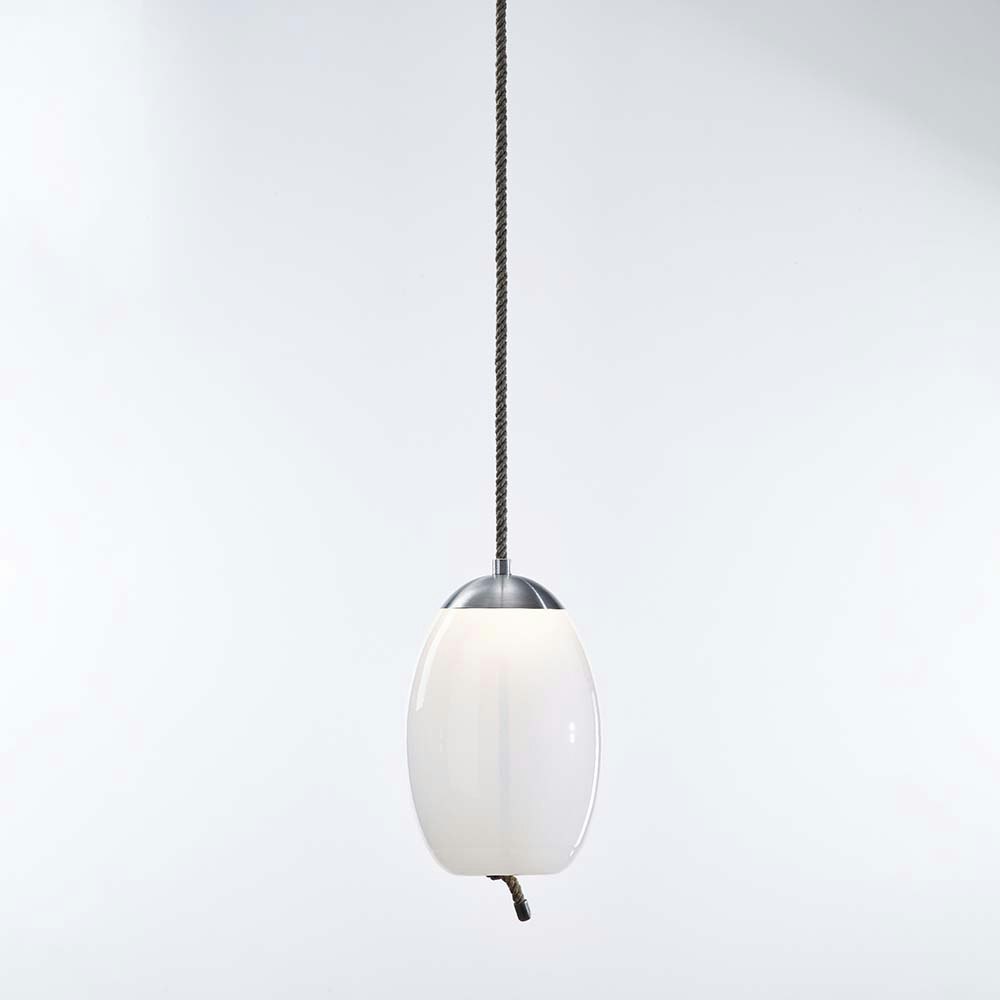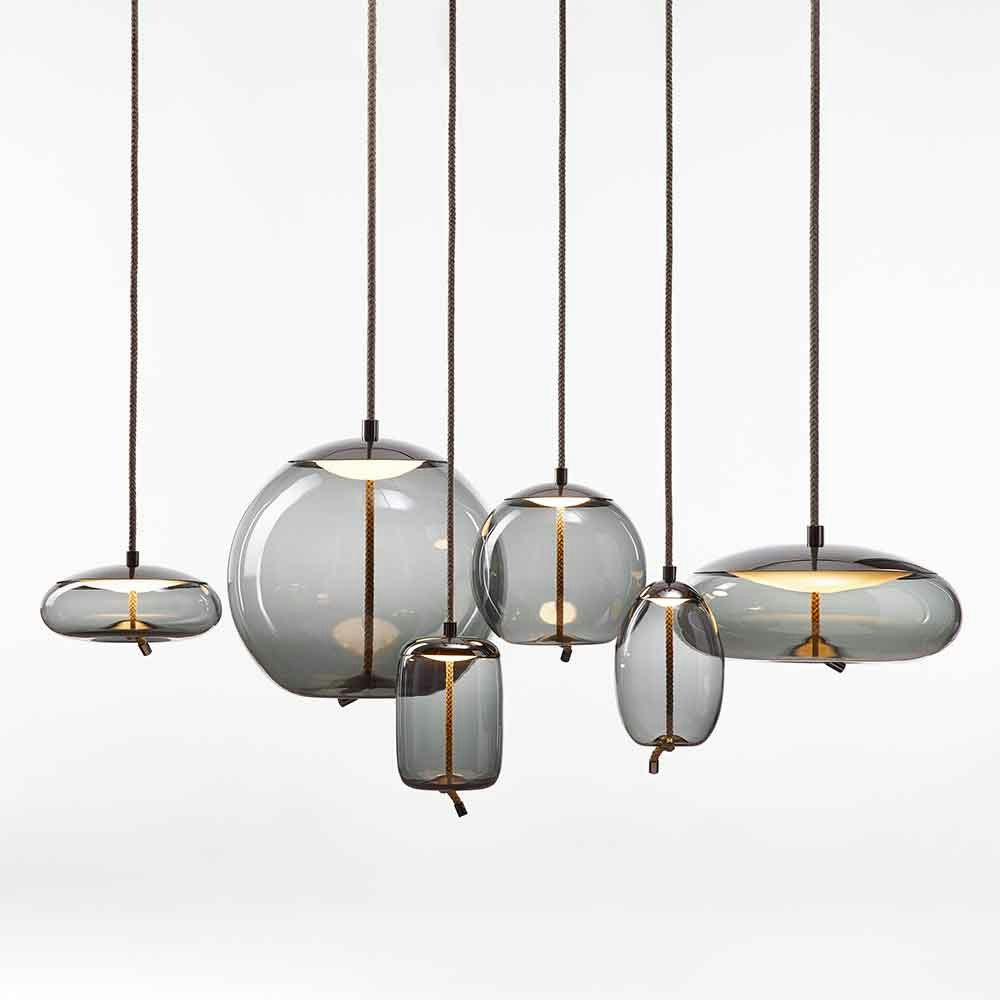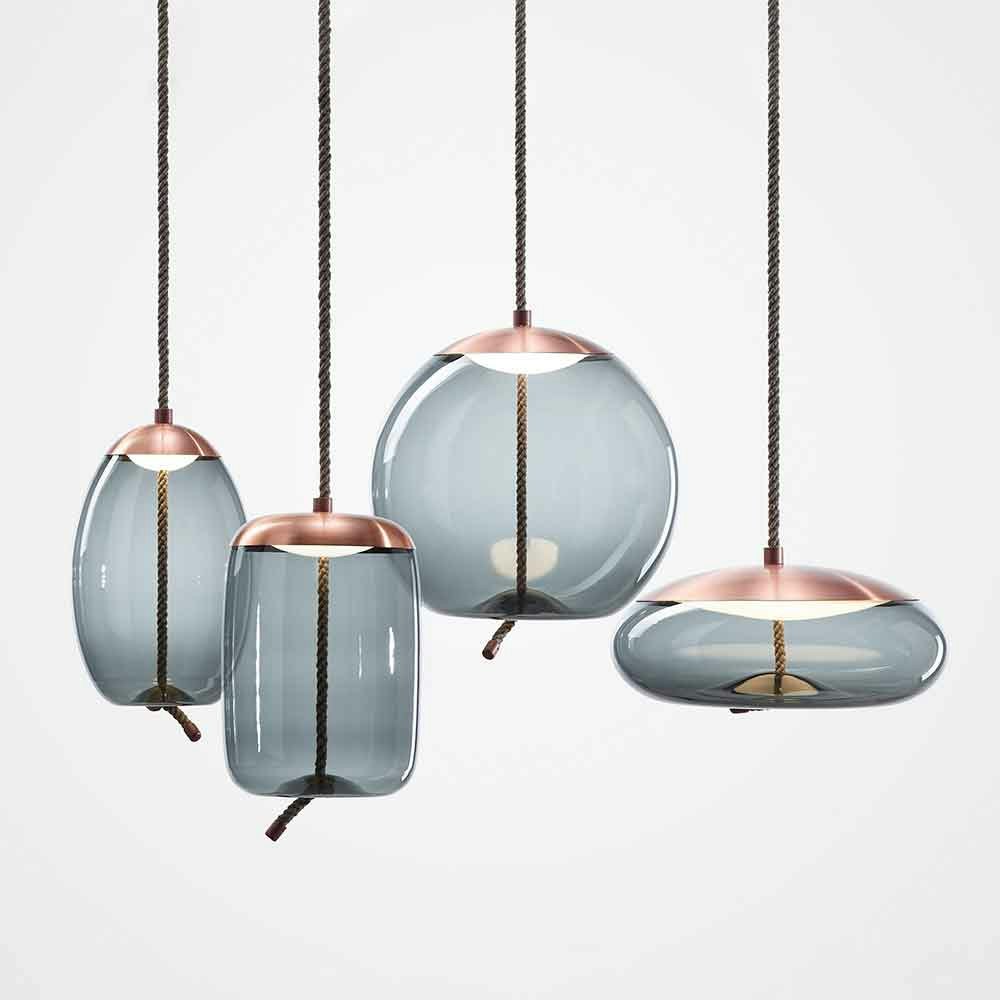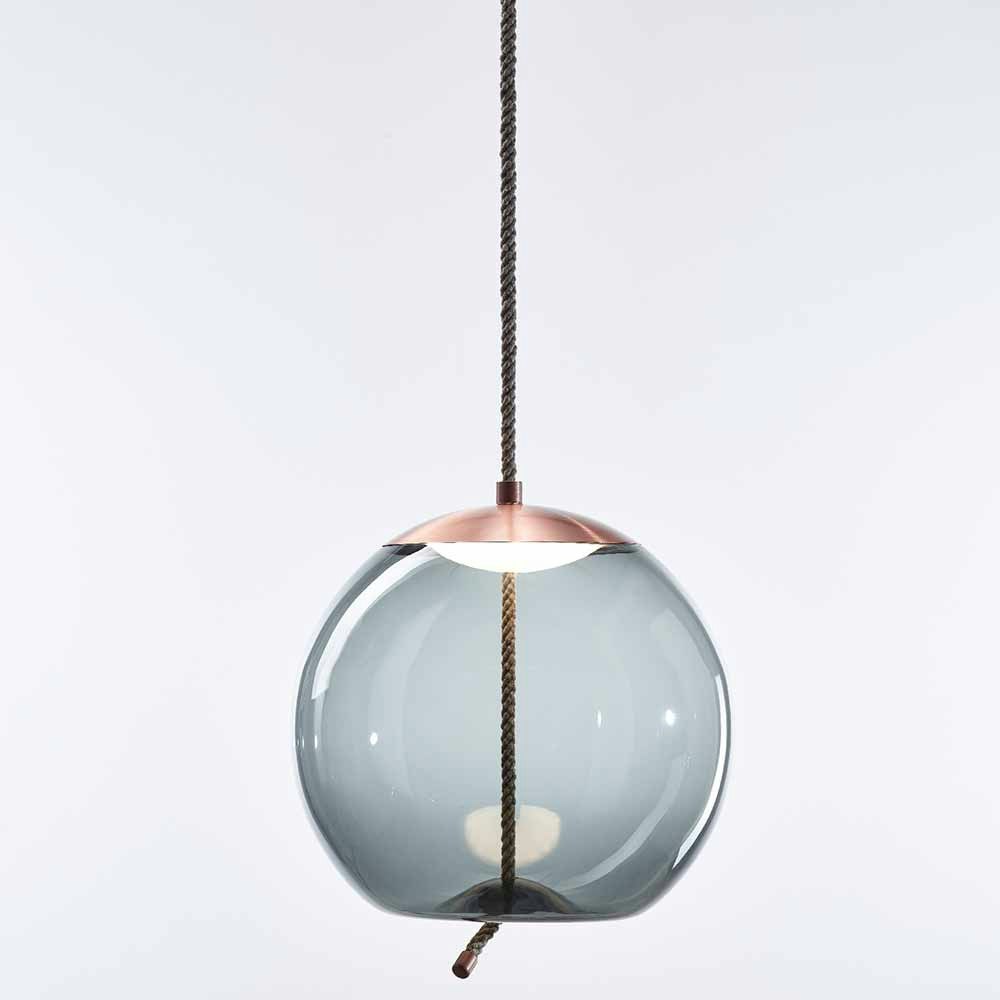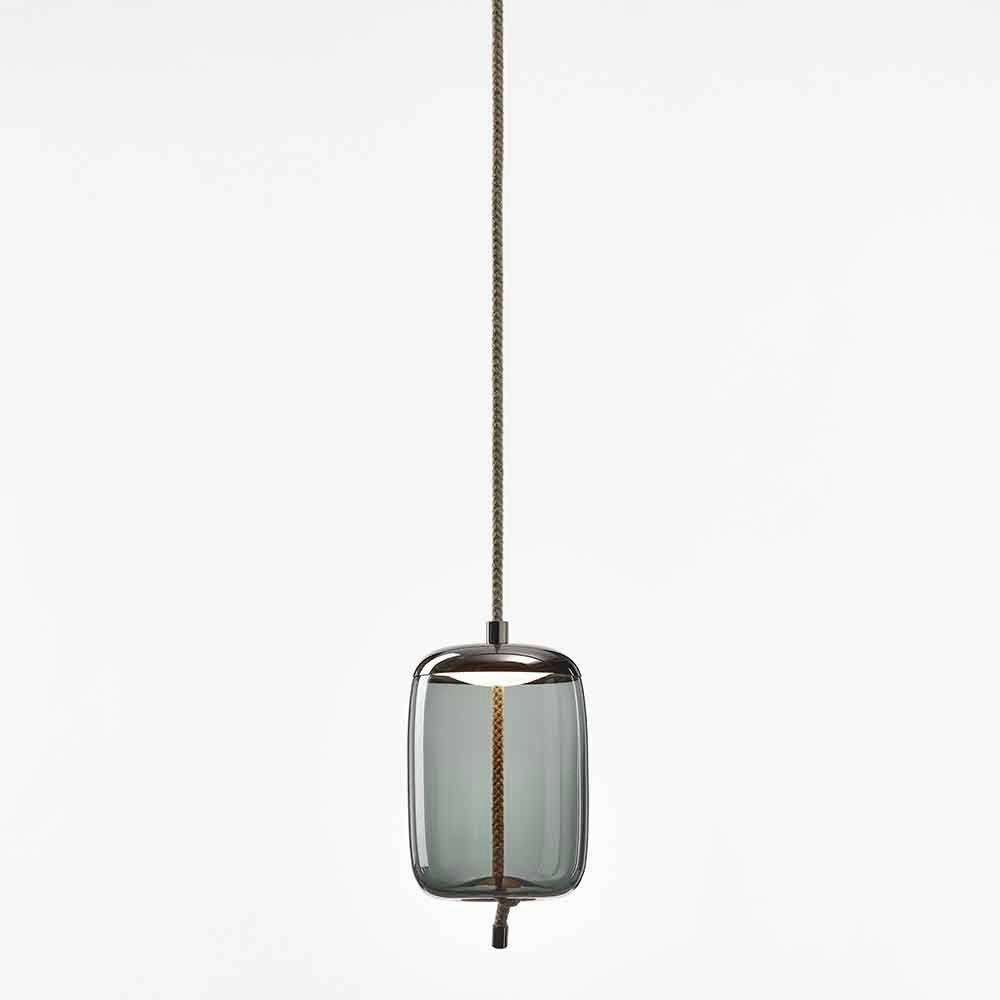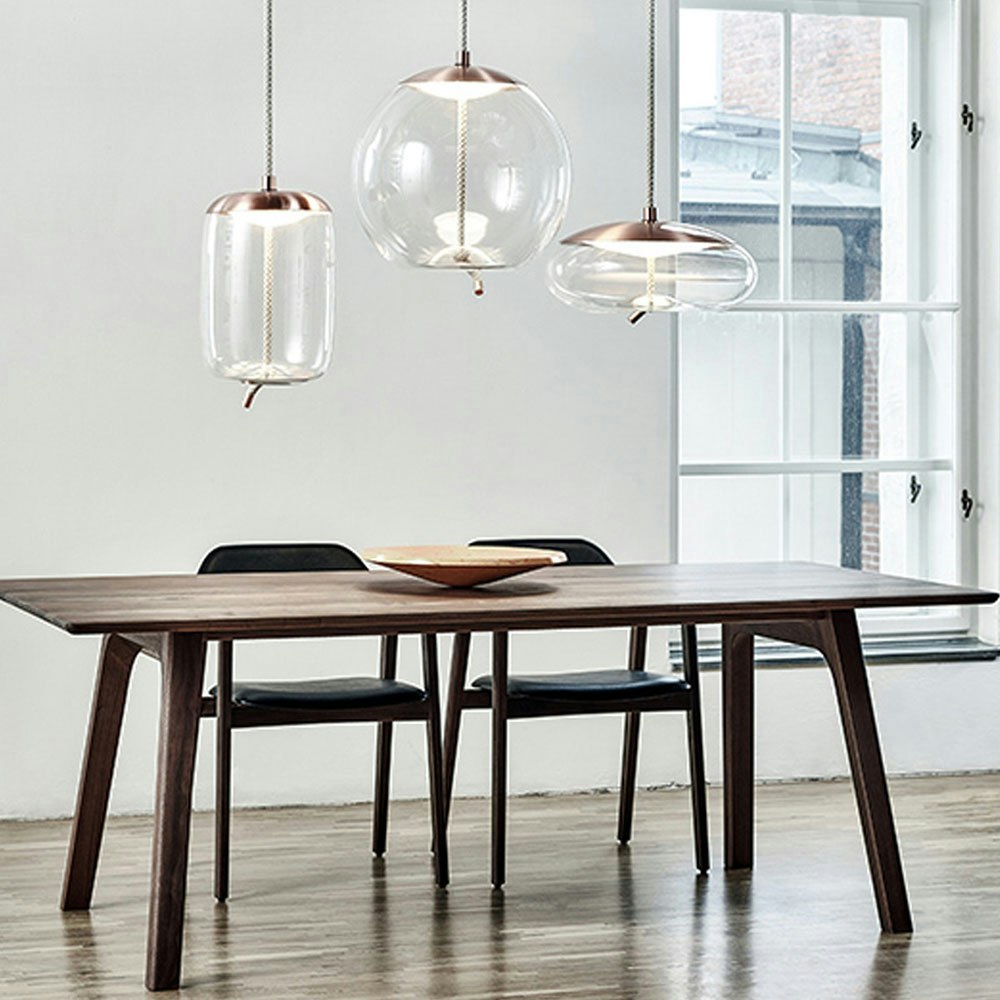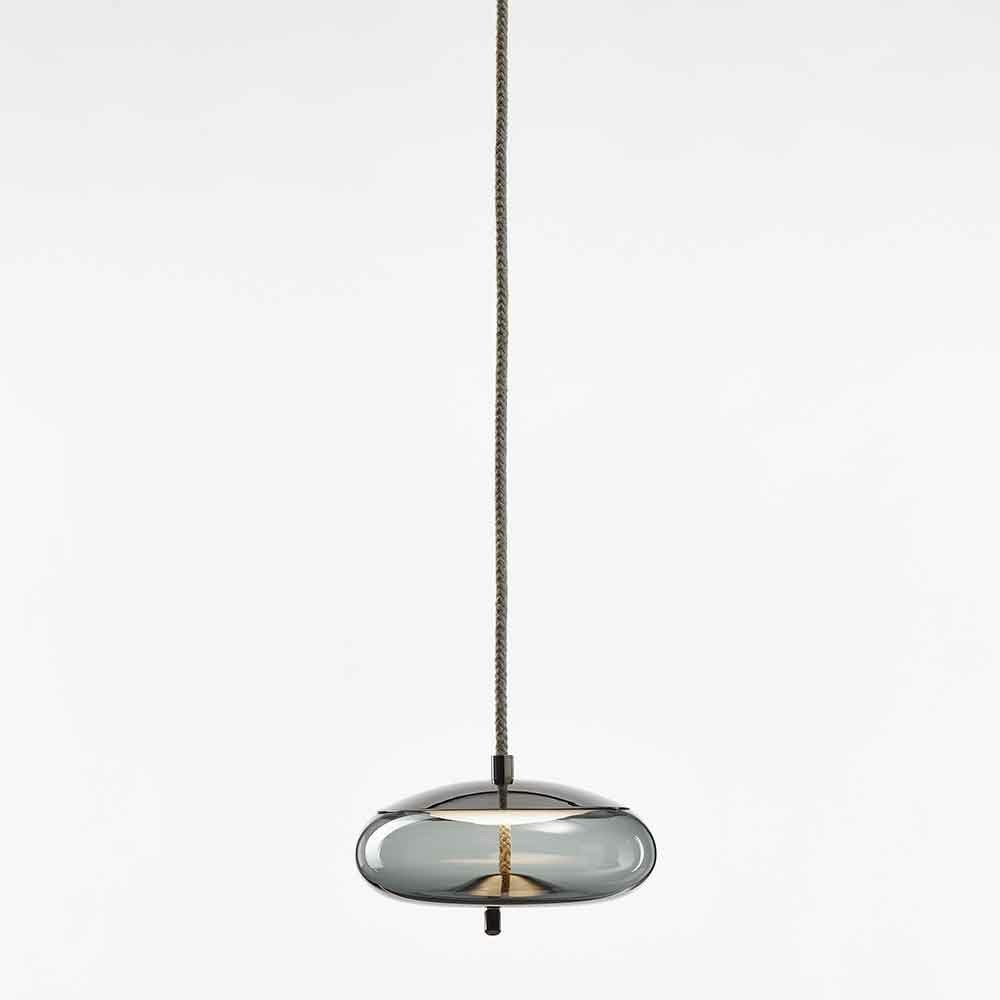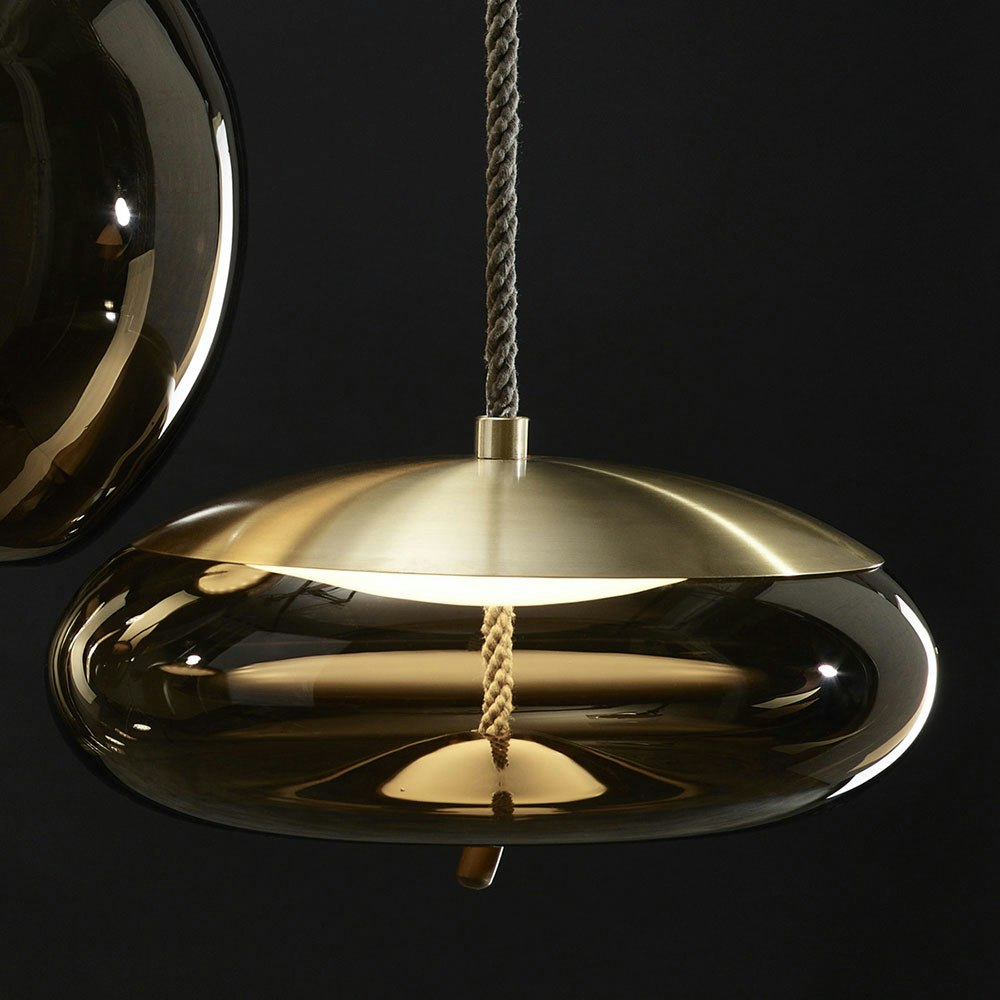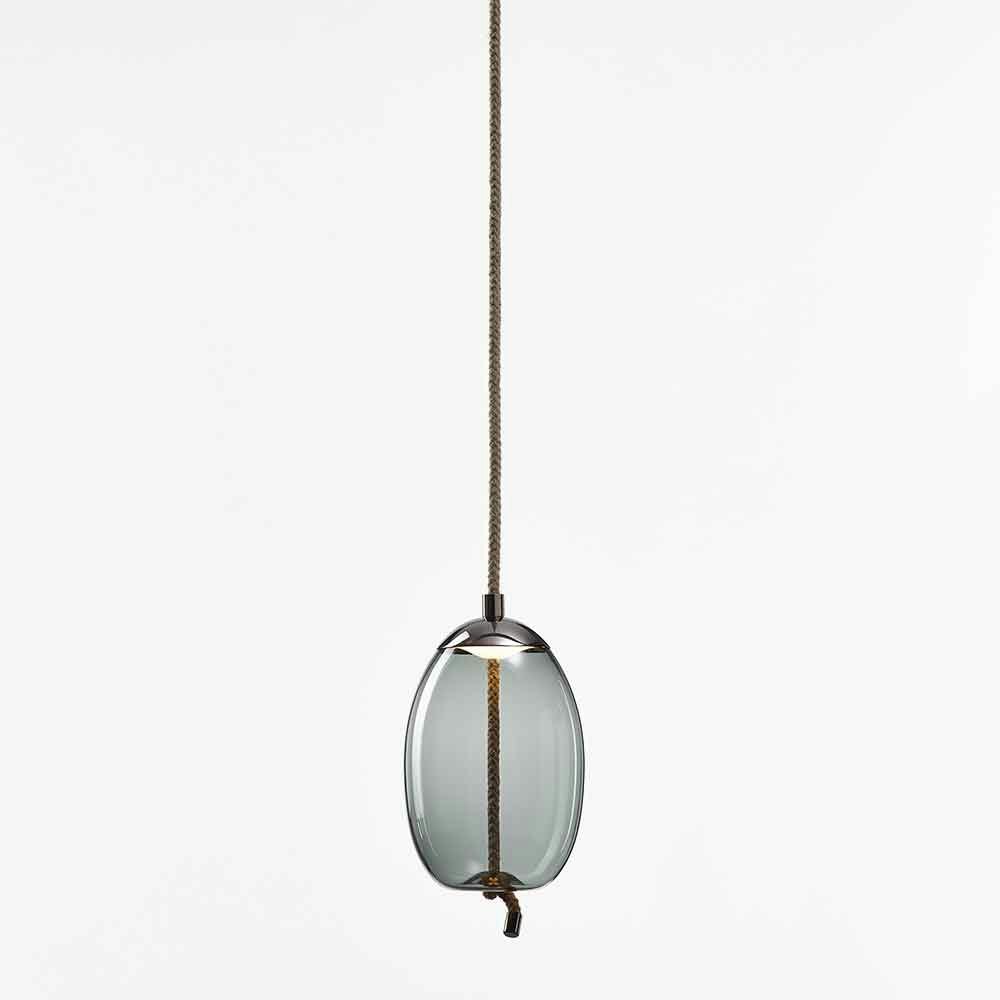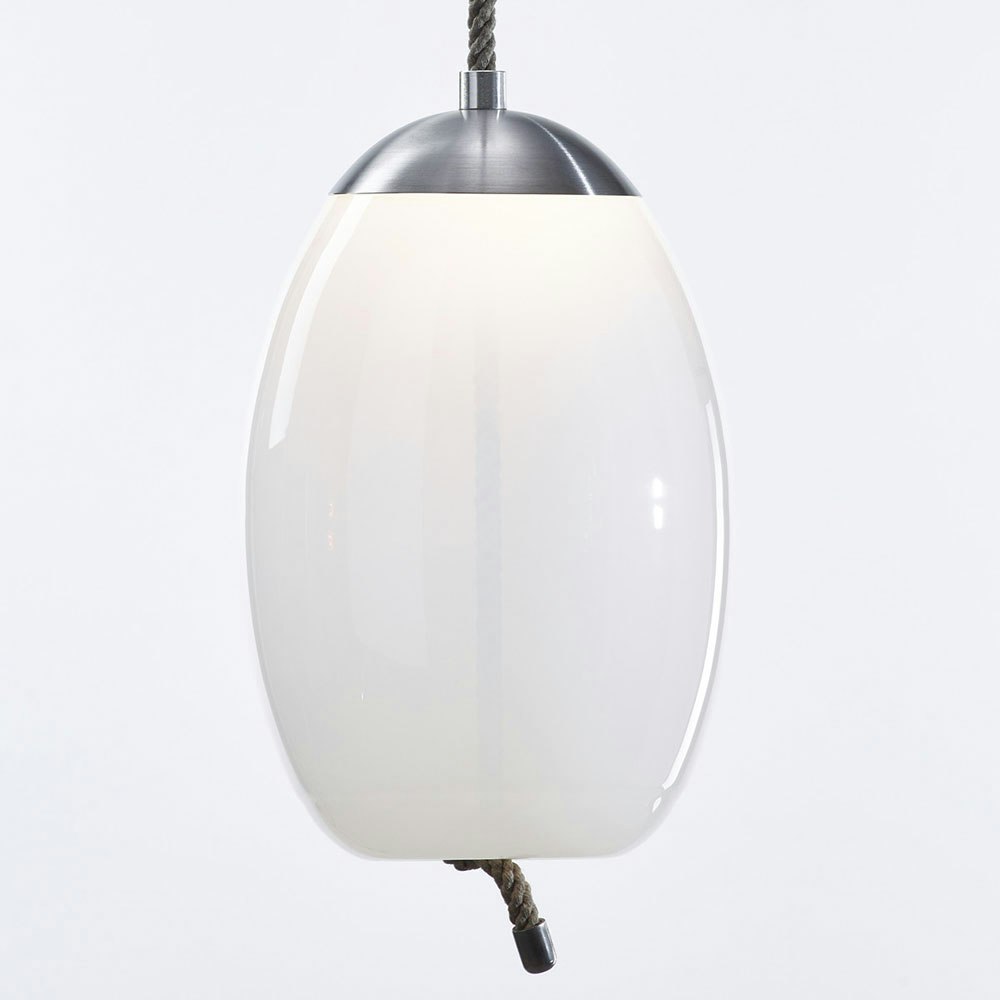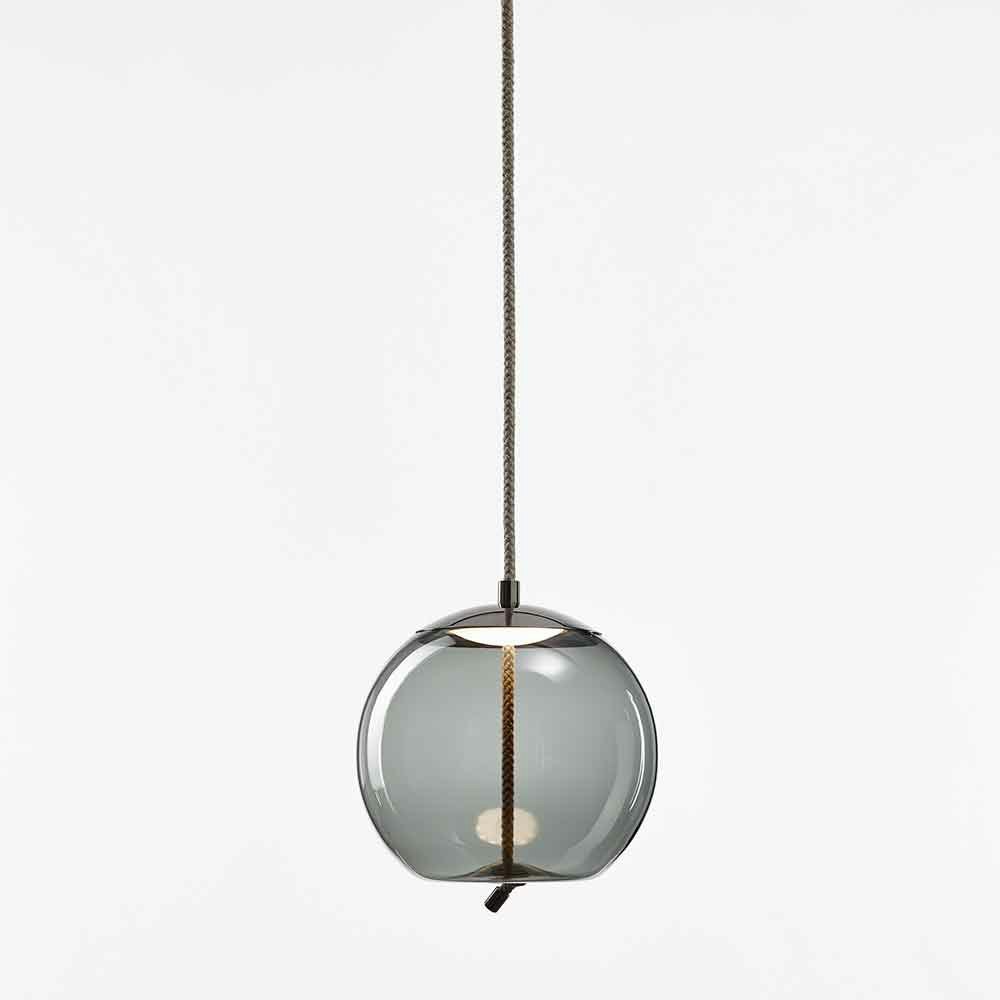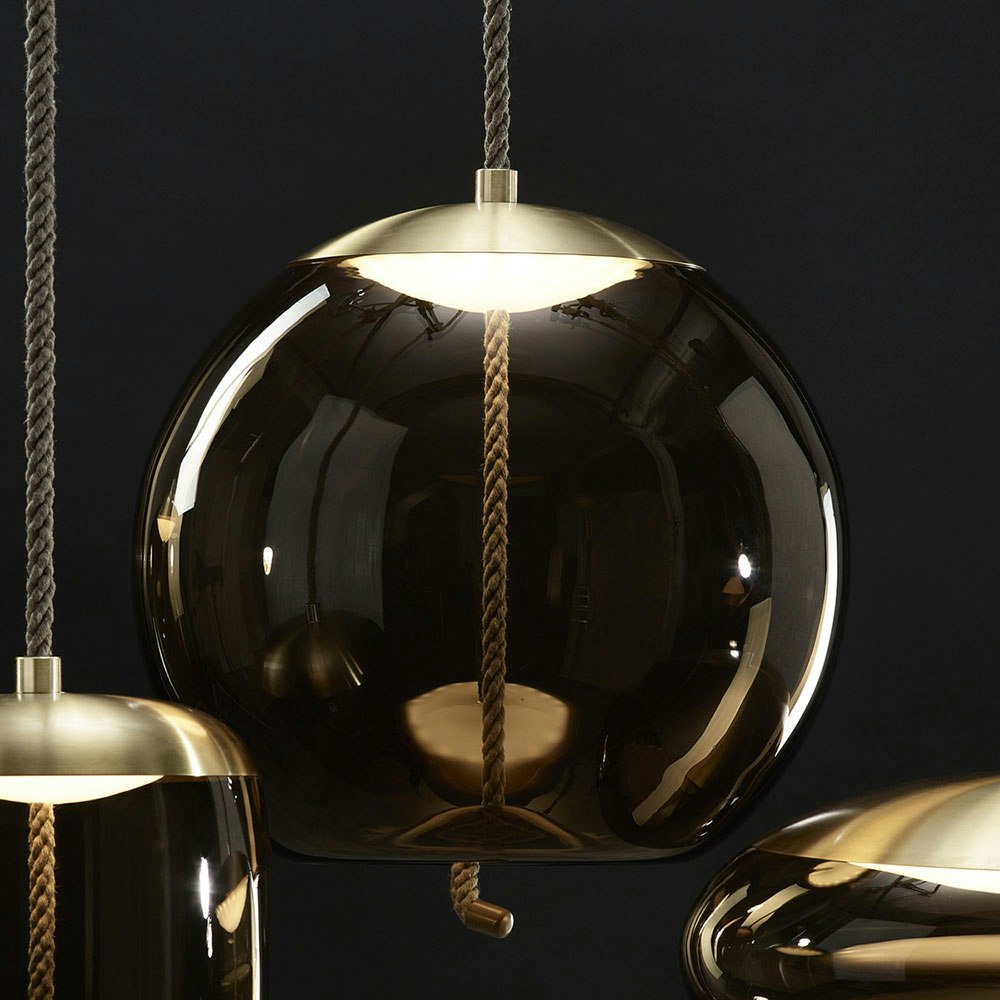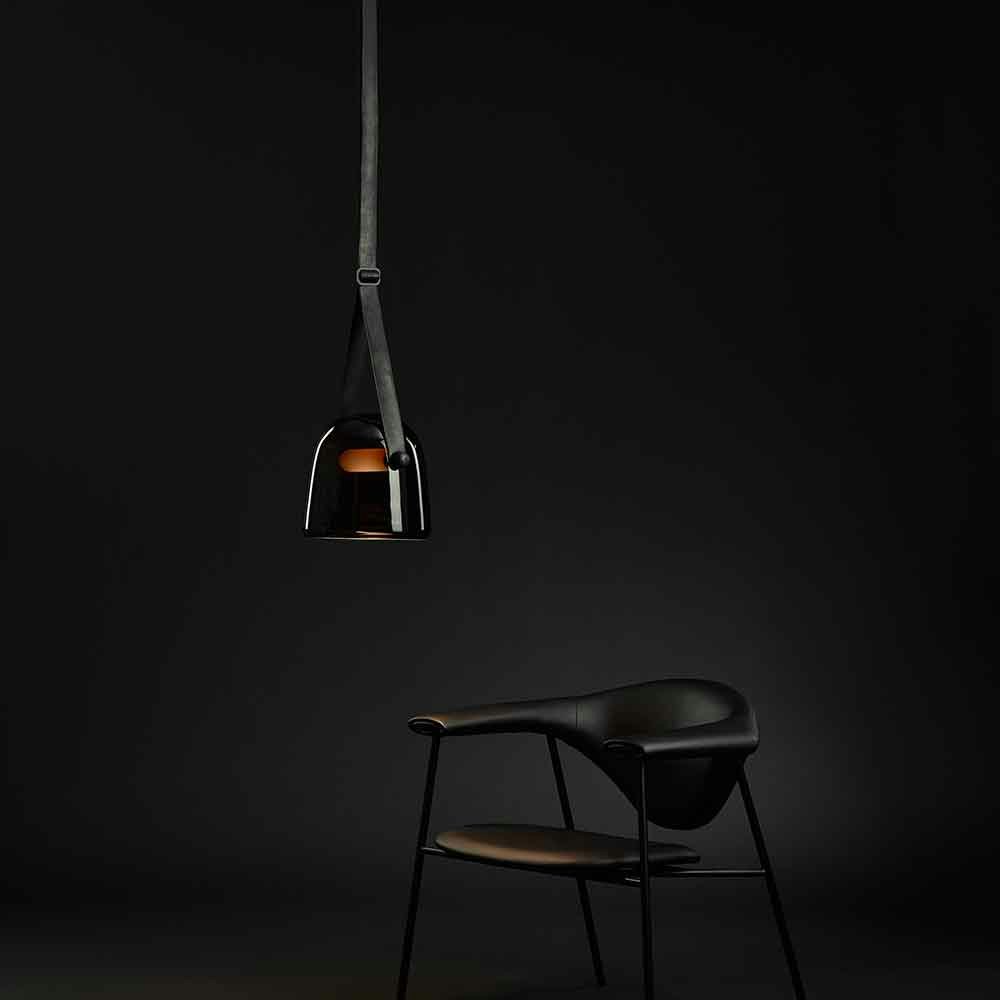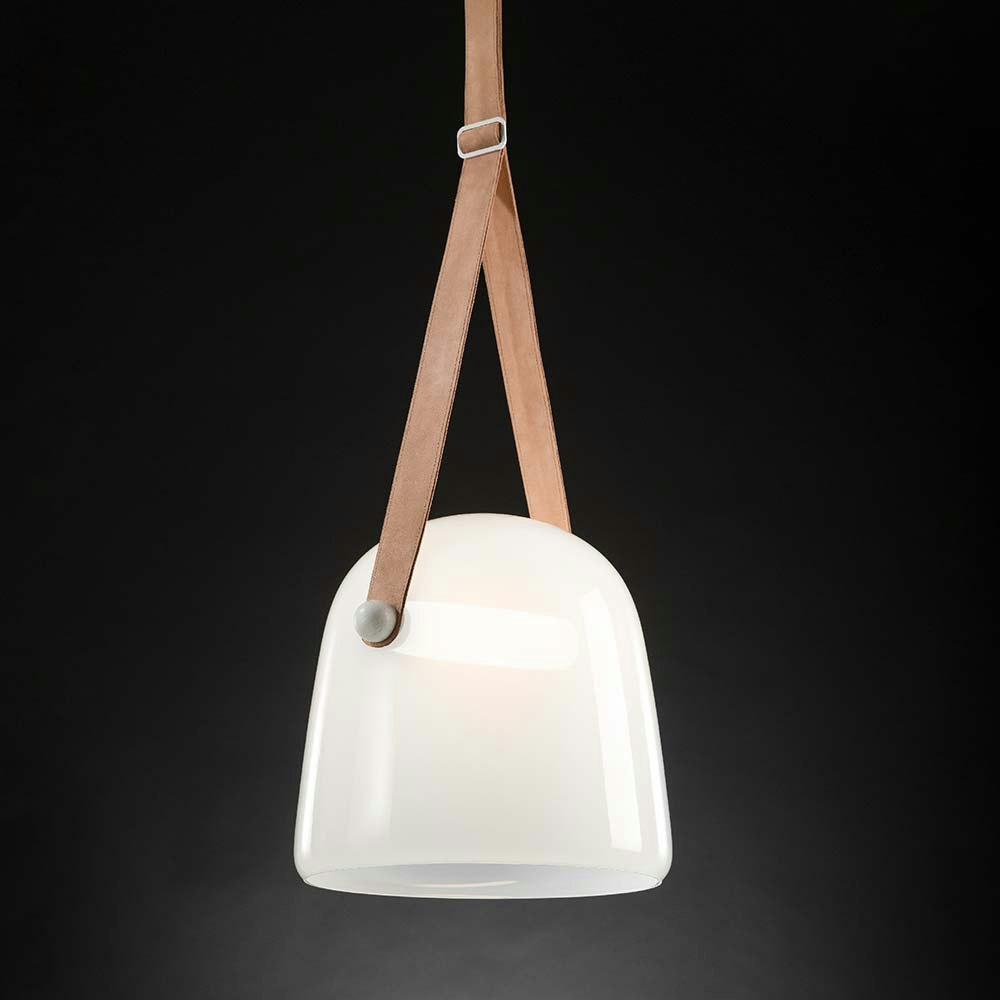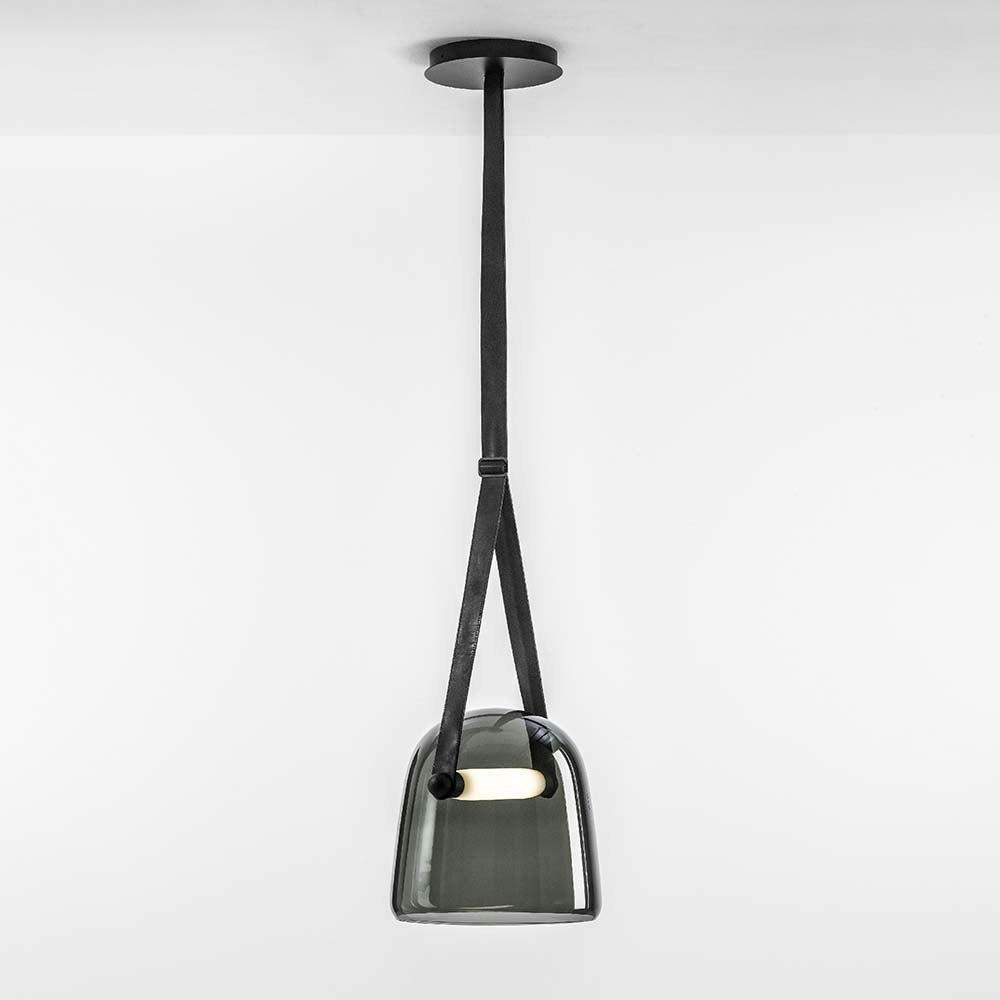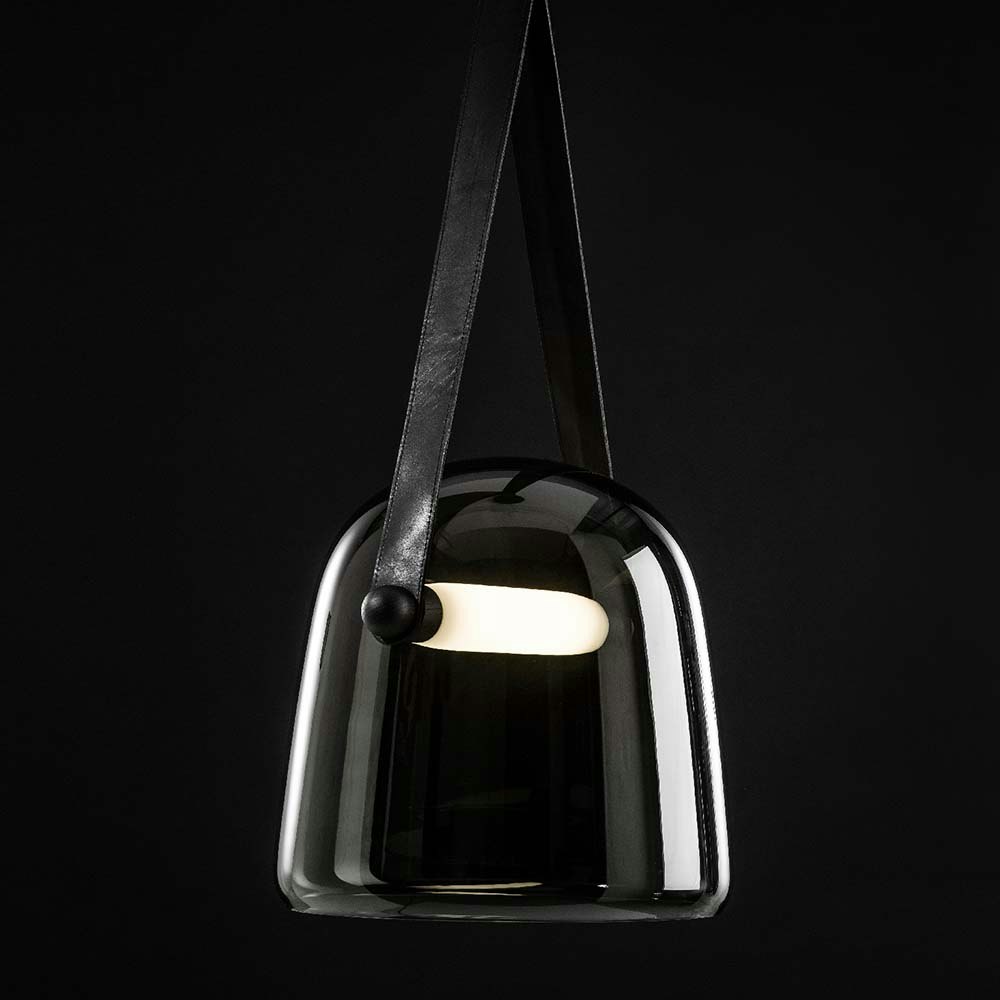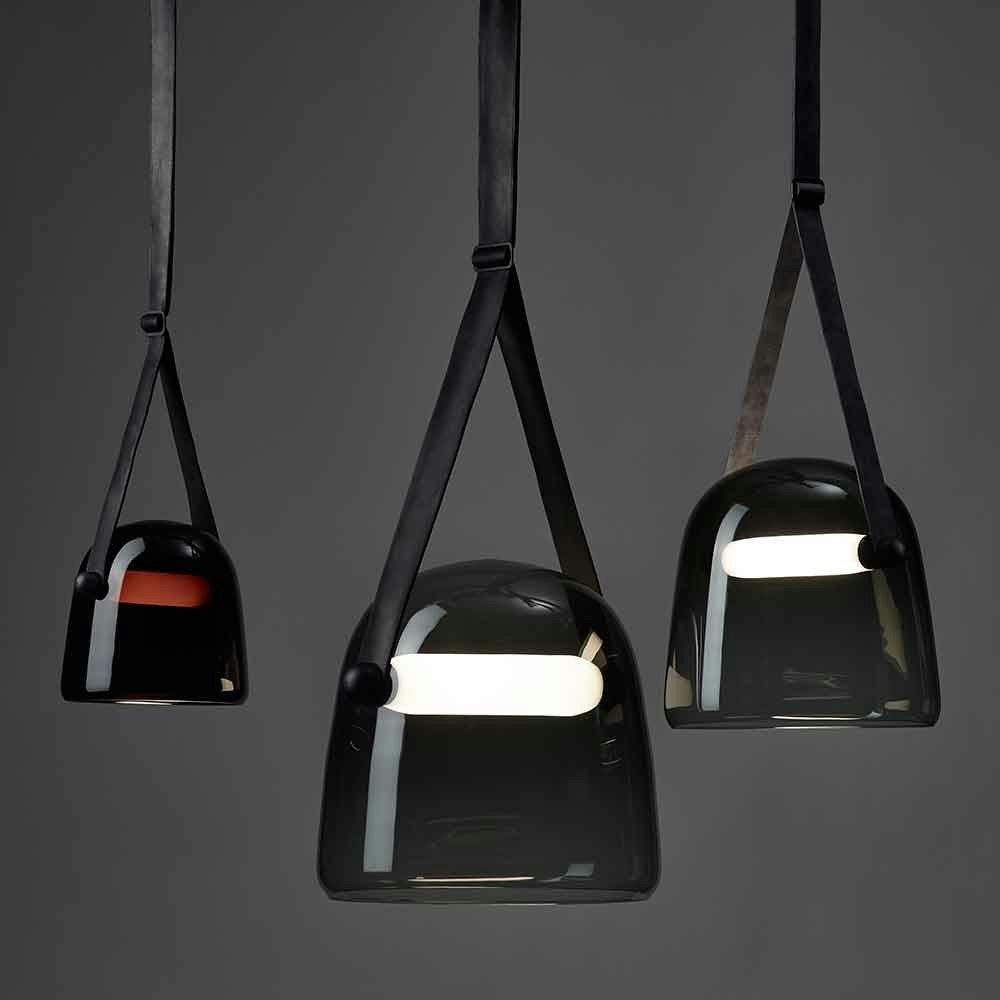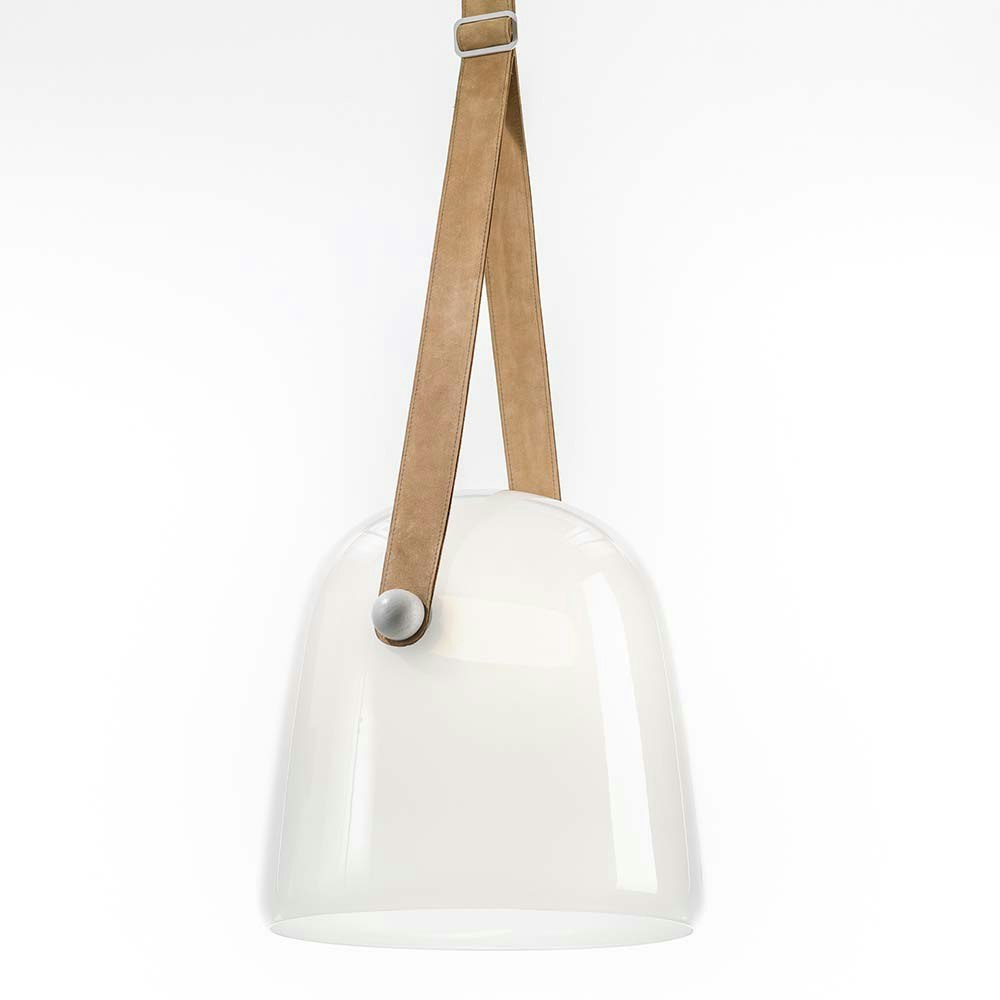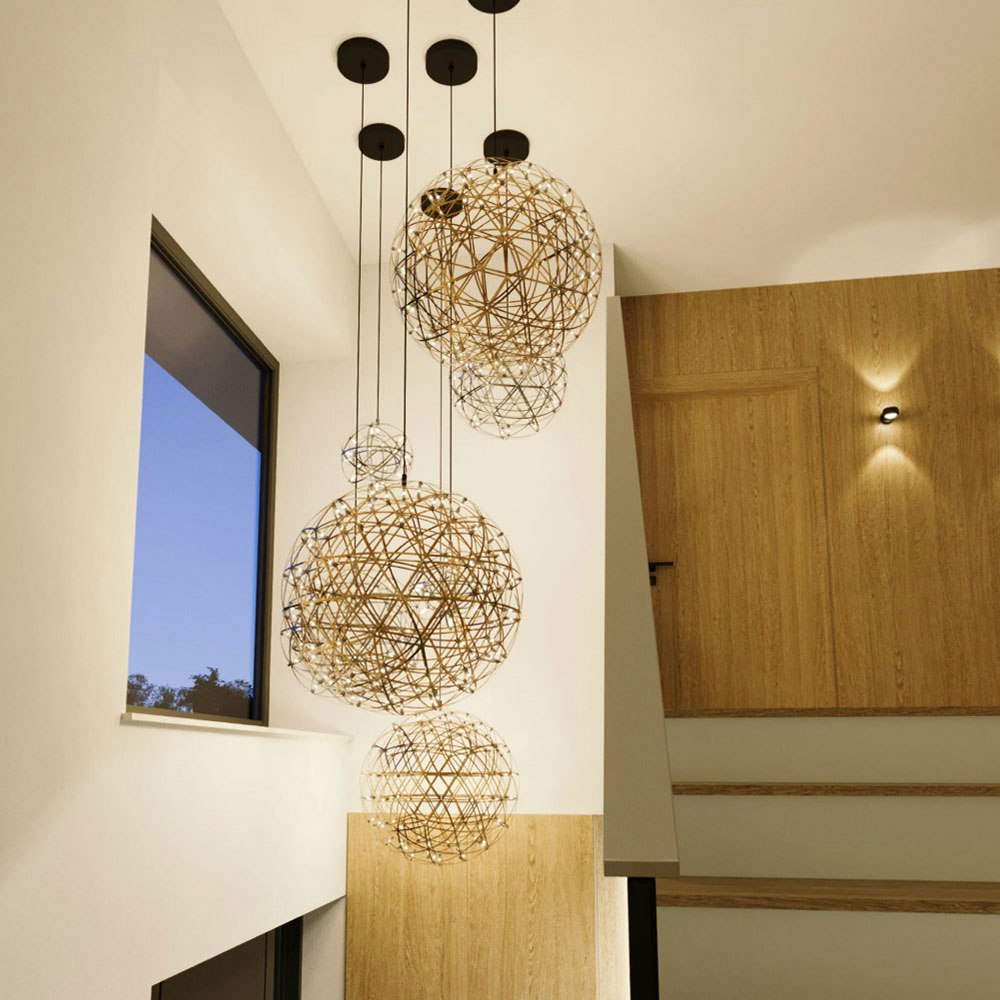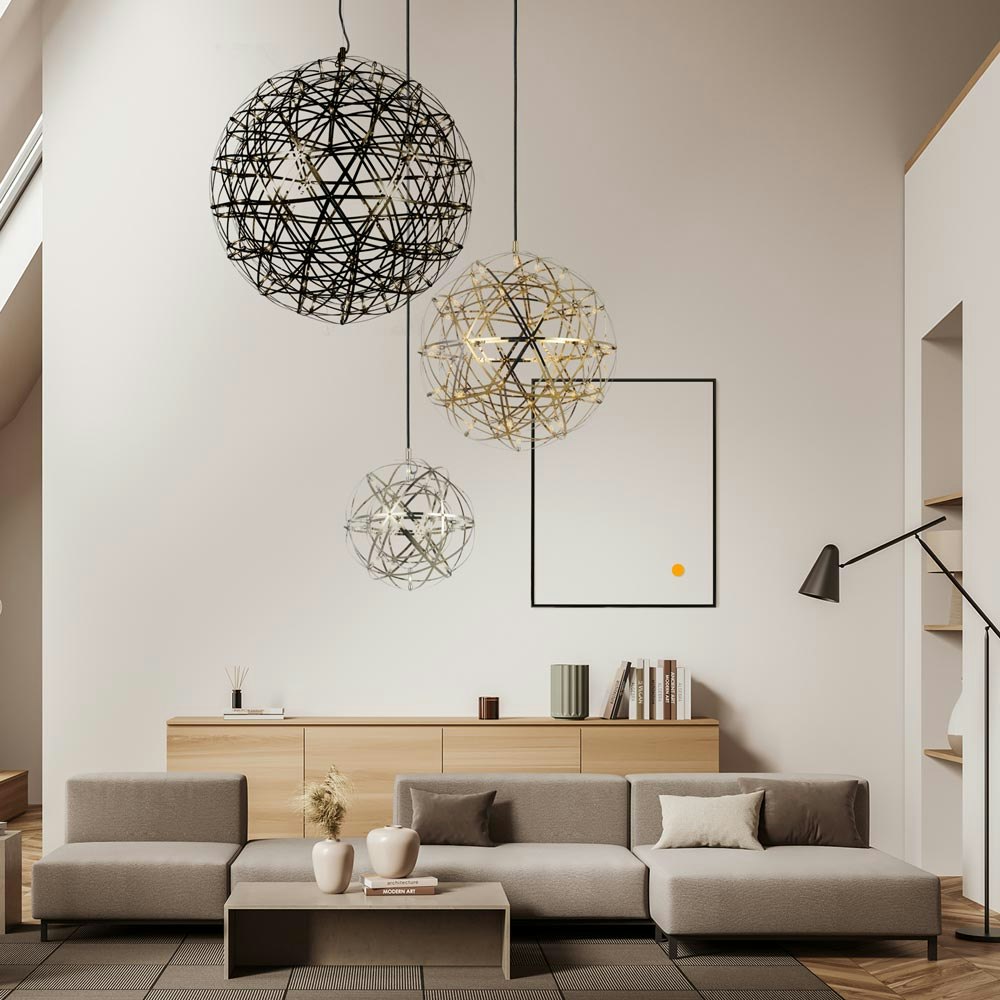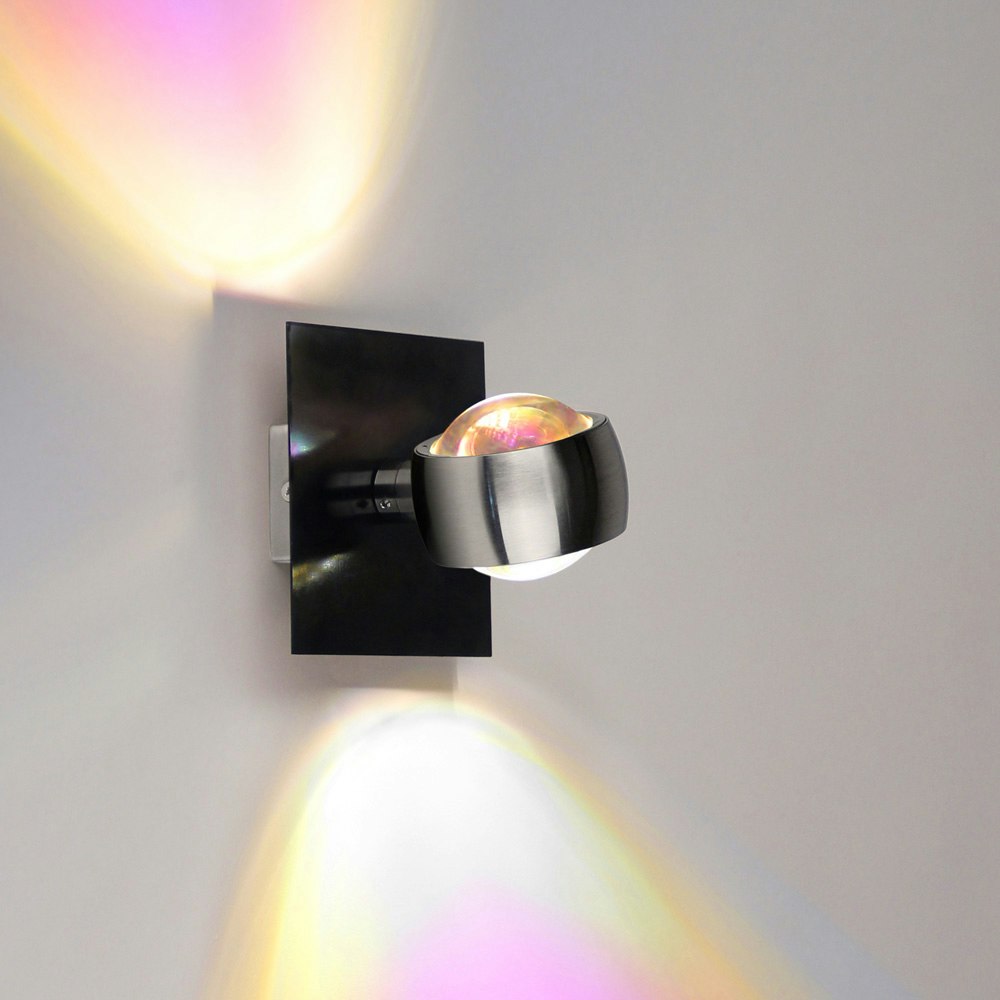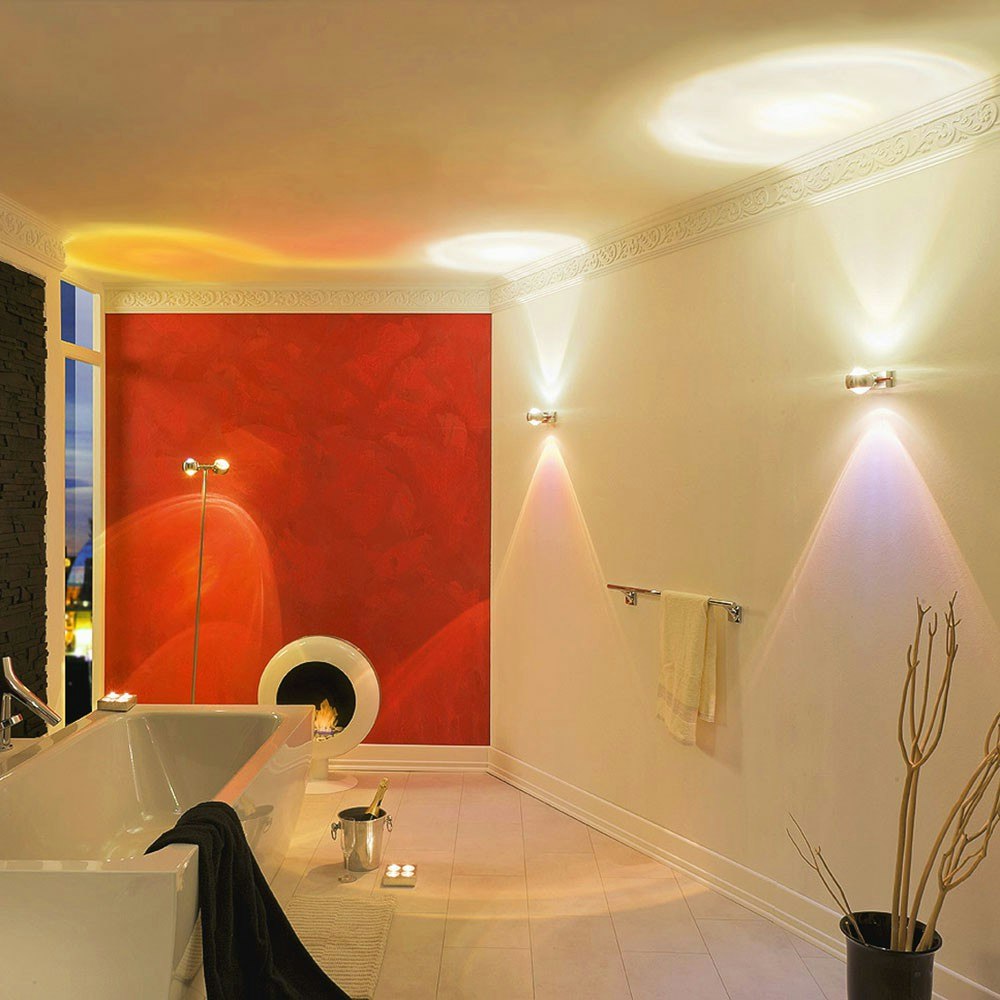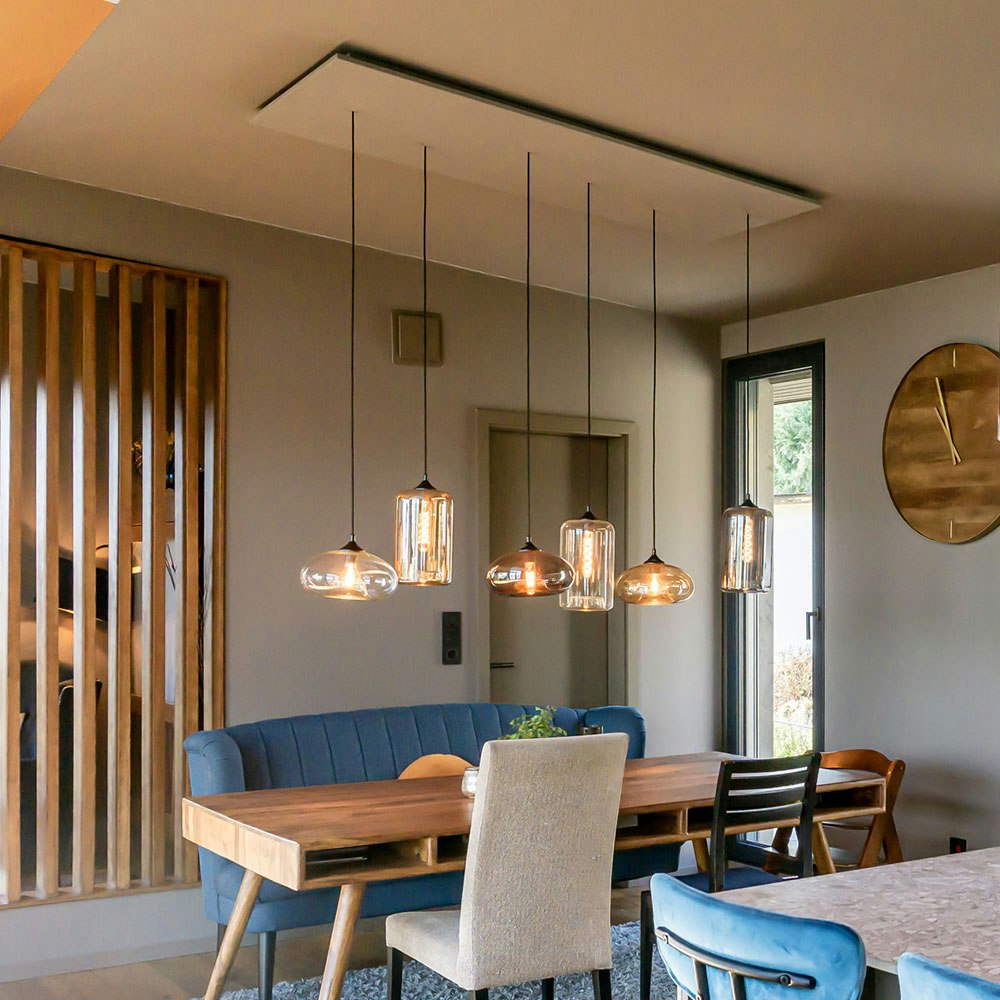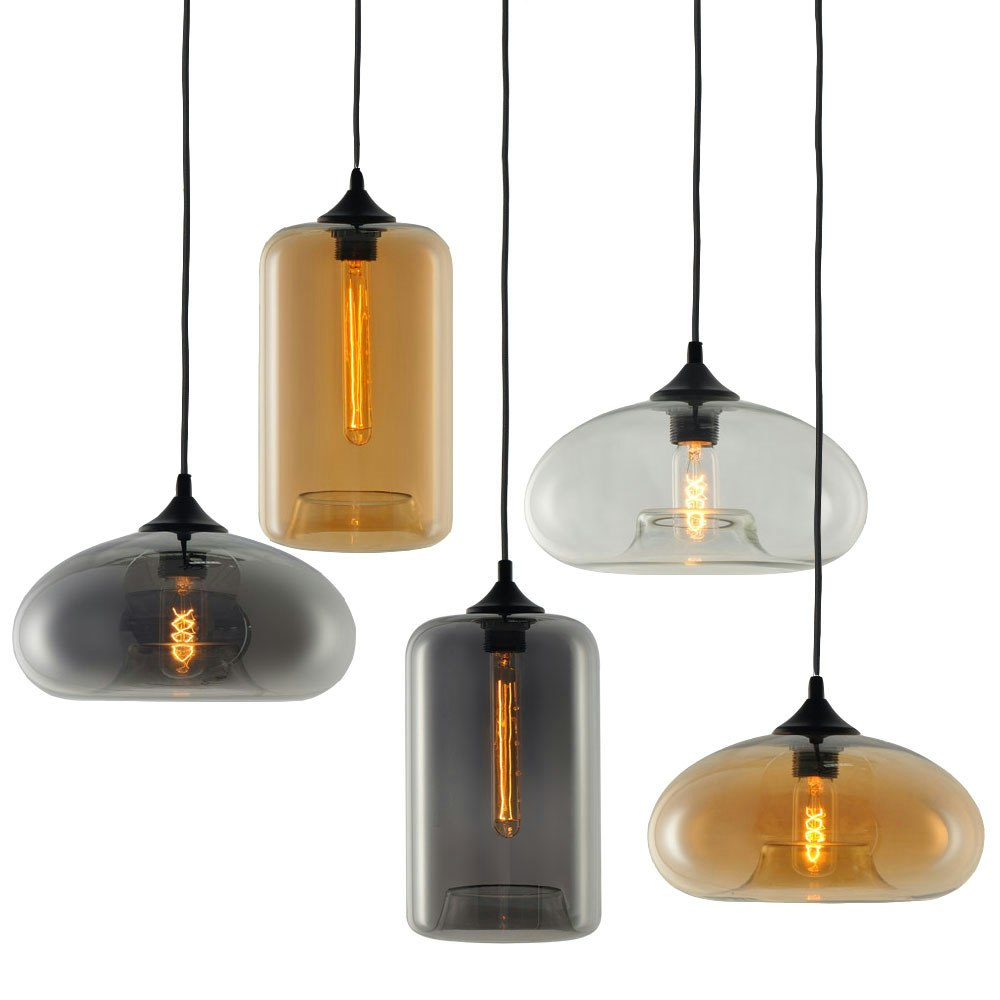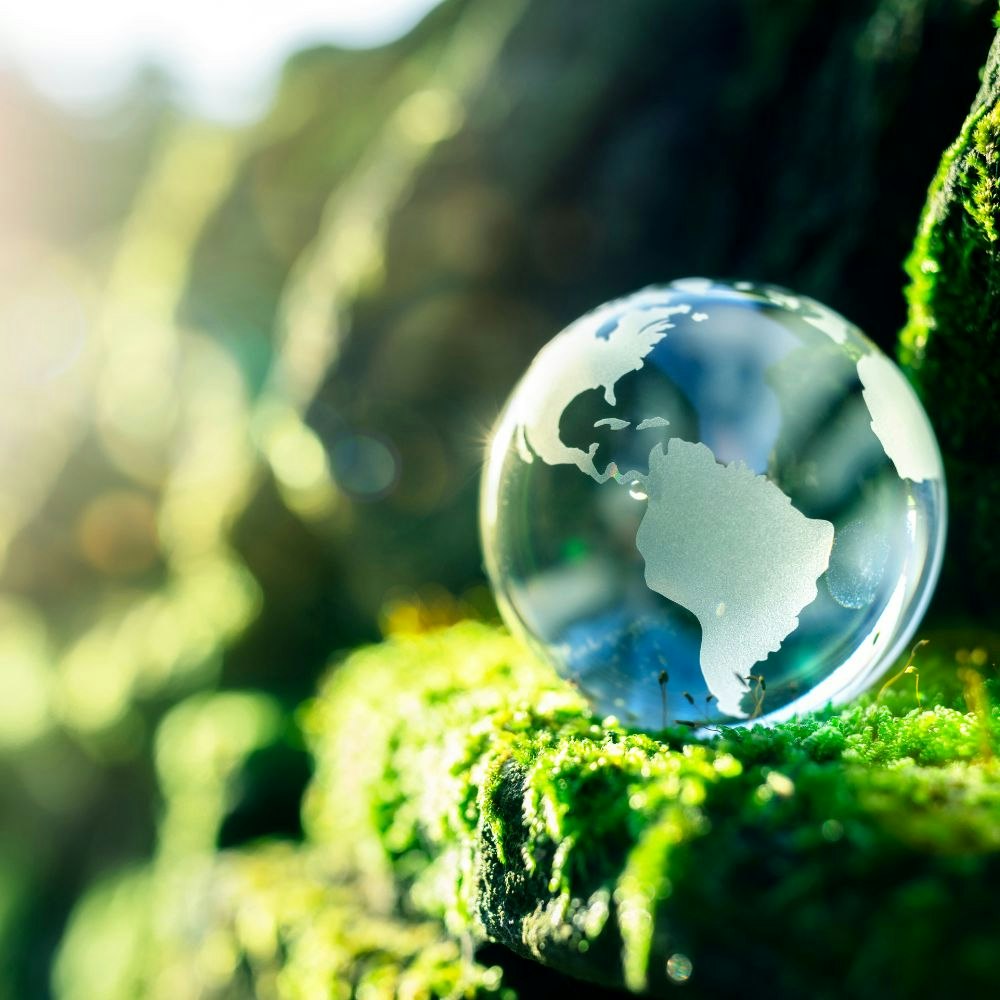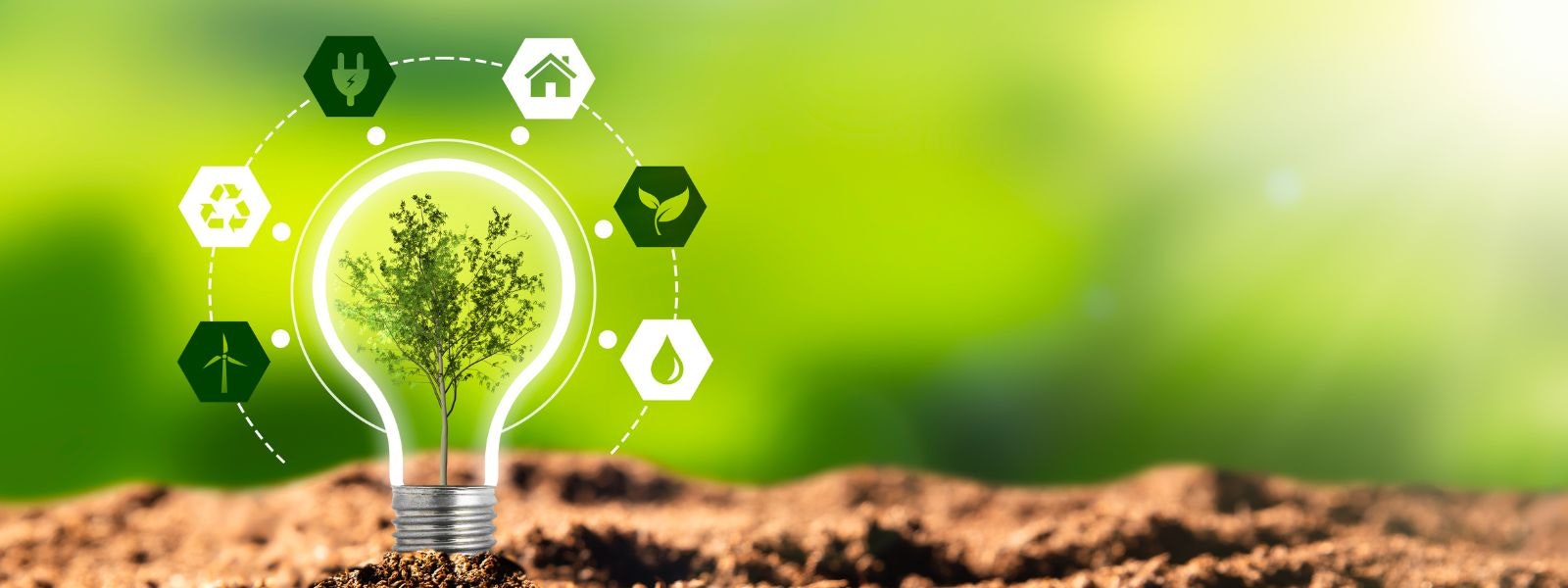
Sustainable lighting
Ecological impact and solutions in lighting
Have you ever wondered what impact your light bulb has on the planet? The lighting we use every day has a significant impact on the environment, and it's time we became aware of it and used sustainable alternatives. Let's explore together the ecological impacts and solutions in lighting.
Ecological impact of lighting
First of all, it is important to understand that lighting accounts for a significant share of global energy consumption. According to the International Energy Agency (IEA), lighting accounted for about 15% of global electricity consumption and about 5% of global greenhouse gas emissions in 2018. Traditional incandescent light bulbs are particularly problematic. They convert only about 5% of the energy consumed into light, while the rest is lost as heat. In addition, the lifespan of incandescent lamps is very short compared to more efficient alternatives, leading to increased waste generation. There is also the problem of light pollution. The overuse of lighting in urban areas not only interferes with the natural darkness of the night and disrupts human sleep patterns, but also has a negative impact on wildlife by disrupting natural rhythms and behaviour patterns.
Sustainable lighting solutions
The good news is that we already have solutions available to address these issues. Energy-efficient light sources Firstly, we should focus on energy-efficient light sources such as LED (Light Emitting Diodes) lamps and CFLs (Compact Fluorescent Lamps). LEDs are particularly efficient and long-lasting. They consume 75% less energy than conventional incandescent lamps and last up to 25 times longer. CFLs are also a good alternative, although they are not as efficient or long-lasting as LEDs.
Smart lighting
Integrating technology into our lighting system offers further savings opportunities. Smart lighting systems that can automatically adjust light intensity and colour depending on the time of day, presence of people or even mood reduce energy consumption and increase comfort.
Natural light
Natural light should be used wherever possible. Through intelligent construction and planning, buildings can be designed to make the best use of daylight, reducing the need for artificial lighting.
Reduce light pollution
To combat light pollution, we should focus on reducing unnecessary lighting, especially at night. This can be achieved through the use of motion sensors, timers and shielded luminaires that direct light downwards, reducing 'light leakage' into the sky. Lighting plays a crucial role in our everyday lives and it is important that we make it sustainable. By choosing energy-efficient light sources, using smart lighting systems, favouring natural light and helping to reduce light pollution, you can make a difference. Because every step counts to preserve our planet for future generations.


More sustainable lighting solutions
Solar lighting
Another sustainable lighting solution lies in the use of solar energy. Solar-powered lighting systems are increasingly found in a variety of contexts, from street lamps to portable lanterns for outdoor use. These systems use sunlight during the day to charge batteries, which then provide electricity for lighting at night. Not only are they environmentally friendly, but they can also be a valuable resource in remote or rural areas where access to the electricity grid can be difficult.
Recycling and disposal of lamps
The end of a lamp's life cycle is also an important aspect of sustainability. Many light bulbs, especially CFLs, contain materials such as mercury that can be harmful to the environment if disposed of improperly. Through proper recycling, these materials can be safely recovered and reused instead of ending up in landfills.
Light efficiency label
Finally, it is also important to look for light efficiency labels when buying light bulbs. In many countries, light bulbs are marked with labels that provide information about their energy consumption and light output (measured in lumens per watt). These labels can help you choose the most efficient bulbs for your needs.
Conclusion
It is clear that we still have a long way to go in terms of sustainability in lighting. However, with an awareness of the environmental impact and the use of existing solutions, we can make a difference. It is up to all of us to accelerate the transition to sustainable lighting, because every action, no matter how small, helps to preserve the health of our planet. Energy efficient bulbs, smart lighting, using natural light, fighting light pollution, recycling bulbs and using solar energy are all options available to you. It's time for all of us to play our part and pave the way to sustainable lighting.
What are important technical terms in relation to lighting design?
Playing with colour temperature
The right colour temperature can create a specific mood or atmosphere in your shop. A warm colour (less than 3000K) creates a cosy, inviting feeling and is well suited to areas where comfort and relaxation are key. A cooler shade (above 4000K), on the other hand, creates a fresh, energetic feeling and is ideal for areas where accurate colour perception or high visual performance is required. It is also important to remember that different products and materials can look different under different colour temperatures. You should therefore conduct experiments and test different colour temperatures to find the best lighting for your specific products and displays.
The key to colour accuracy: CRI
A high CRI value is especially important in areas where colour accuracy is critical. This could include areas such as apparel, art galleries or areas with high-end products. In such areas, light sources with a low CRI can cause the colours of products to appear distorted or inaccurate, which can ultimately affect customer satisfaction and sales.
Conclusion: Pay attention to Kelvin and CRI
The colour temperature and CRI value of a light source are important factors to consider when choosing lighting for your retail shop. They can affect not only the appearance of your products and your shop as a whole, but also the mood and atmosphere you want to create. By choosing the right combination of colour temperature and CRI value, you can ensure that your shop is always presented in the best light.
Sustainability at s.luce
LED lighting has gained popularity in recent years, mainly due to their energy efficiency and longevity. They are one of the most sustainable lighting solutions available to us today, and brands like s.luce are leading the way in the use of this technology. s.luce integrates LED technology into a wide range of their products, from ceiling and wall luminaires to outdoor luminaires and luminaires for special applications.
LEDs (Light Emitting Diodes) are semiconductors that emit light when an electric current flows through them. They differ from traditional incandescent lamps and compact fluorescent lamps in that they are much more efficient. While traditional incandescent lamps only convert about 5% of the energy they consume into light, LEDs can convert up to 95% of their energy into light. They also produce less heat and have a longer lifespan, often more than 25,000 hours compared to 1,000 hours for a typical incandescent lamp.
Modern LED technology
s.luce uses LED technology to create lighting solutions that are both environmentally friendly and practical. One example of this is the use of dimmable LEDs in some of their luminaires. This feature allows you to adjust the brightness of your lighting as needed, which can further reduce energy consumption and extend the life of the lamp. Another outstanding feature of s.luce products is the use of integrated LEDs.
Unlike luminaires where the lamps can be replaced, integrated LEDs have such a long service life that it is not necessary to replace the lamp. This not only contributes to sustainability by reducing waste, but also makes the luminaires lower maintenance. In addition to the environmental factor, s.luce LED products are known for their sophisticated and modern design. They offer a variety of styles and shapes to fit into any interior design.
Active for ecological lighting
In summary, s.luce uses LED technology to offer a range of lighting solutions that are not only energy efficient and durable, but also stylish and user-friendly. They show how sustainability and design can go hand in hand to create products that are beneficial to both the consumer and the planet. LED lighting has gained popularity in recent years, mainly due to their energy efficiency and longevity. They are one of the most sustainable lighting solutions available to us today and brands such as s.luce, our own brand, are leading the way in the use of this technology.
We are committed to sustainability and have installed solar panels on the roof of our company. We live by the motto "act, not react" and aim to be a pioneer and role model for other companies in the industry. A continuous improvement process is an integral part of our product management, which is constantly being expanded, especially with regard to sustainable product development.
We switched the production of our own brand s.luce from incandescent and halogen lamps to modern, energy-saving LED technology at an early stage. Today, most of our luminaire series consist of LED luminaires that are not only energy-efficient and long-lasting, but also stylish and user-friendly.
Sustainability at s.luce - That's why s.luce in particular stands for ecological lamps and sustainable lighting
Conclusion - This is how you do everything right!
Sustainable lighting is a key building block for a greener future. With technologies such as LEDs, intelligent control systems and the use of solar energy, we can save energy and reduce our environmental impact.
We, with our own brand s.luce, are setting a good example by combining innovation and sustainability. Ultimately, it is up to each and every one of us to make more conscious choices and support the transition to sustainable lighting.
If you are still undecided about how to implement lighting in your home, why not make an appointment with the lighting designers at Skapetze for a personal consultation and the development of an individual lighting concept ?
You are also welcome to visit us on site in Simbach am Inn at , Bavaria's largest lighting studio .
If you already have a concrete idea of how the luminaires should look in your home, we can help you turn this idea into reality - our in-house workshop makes it possible.
